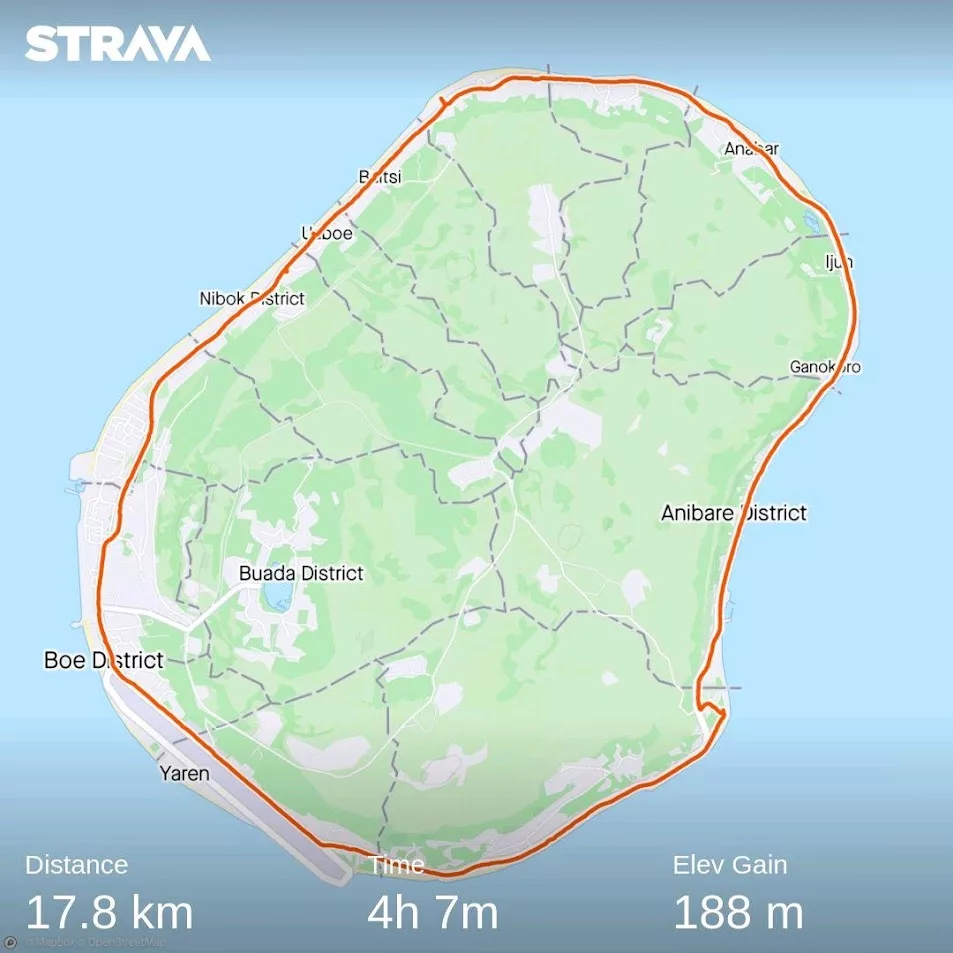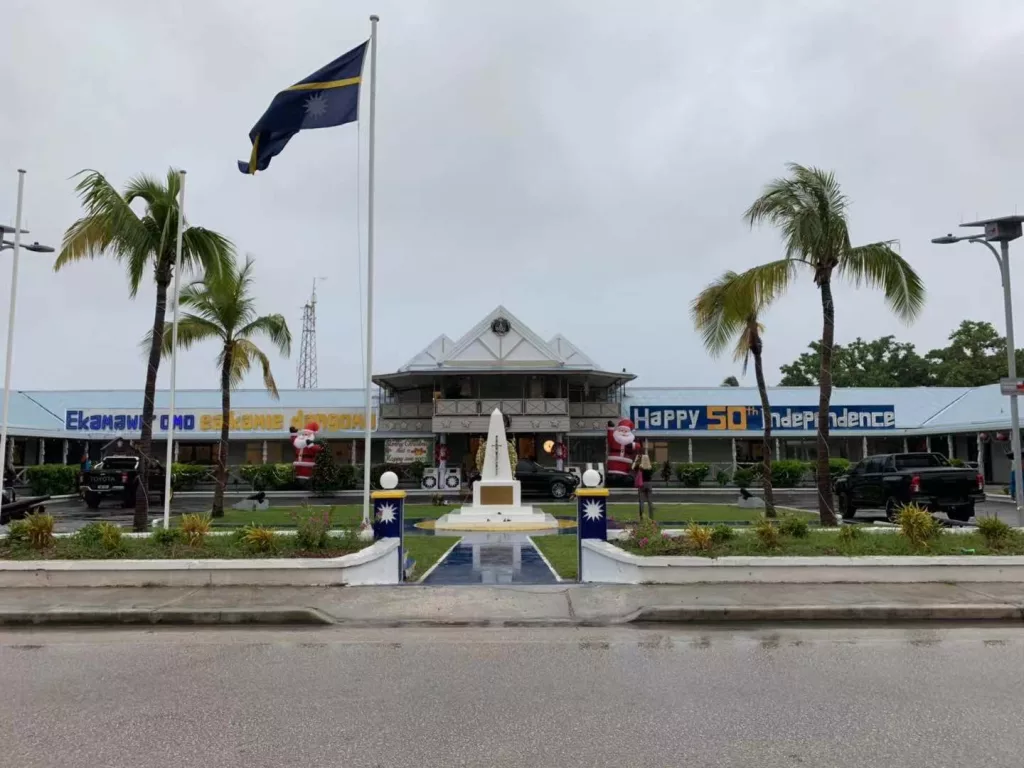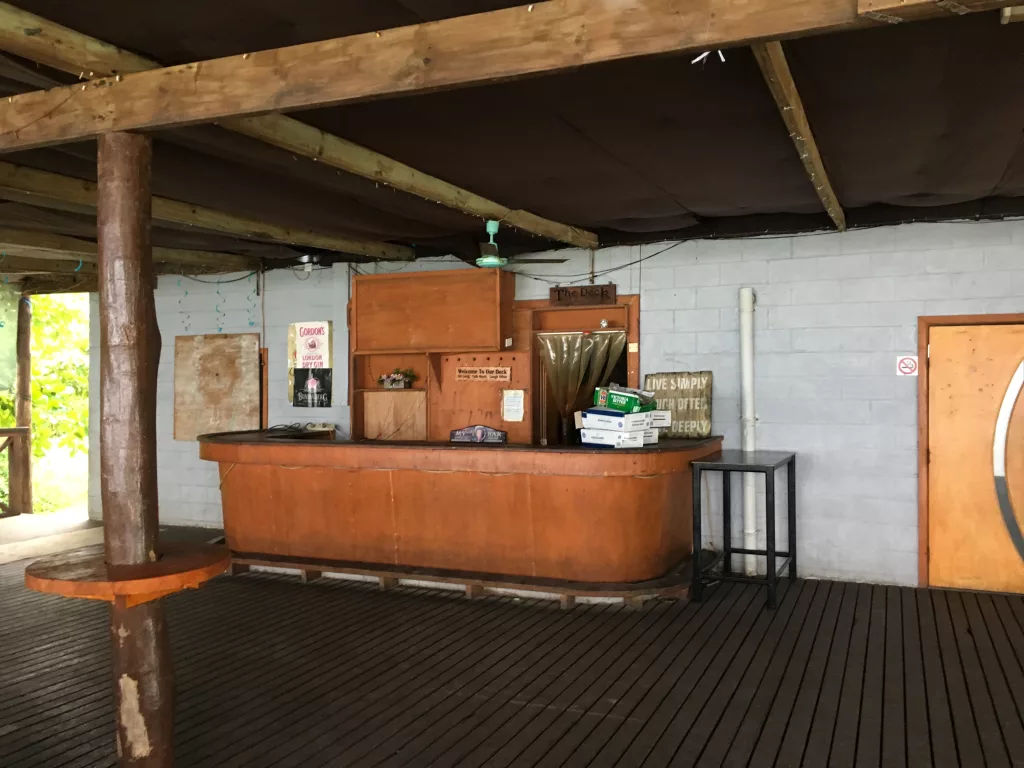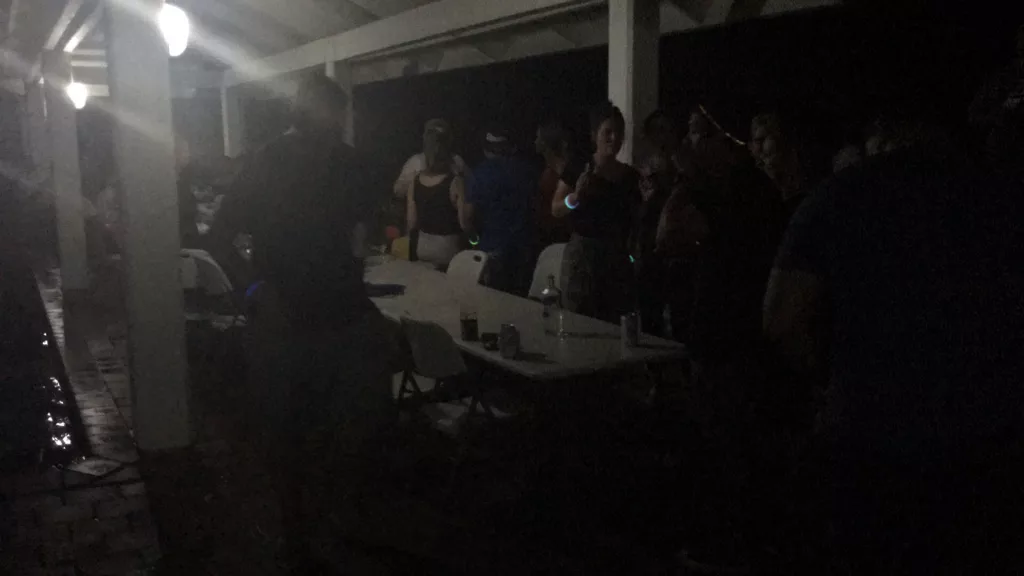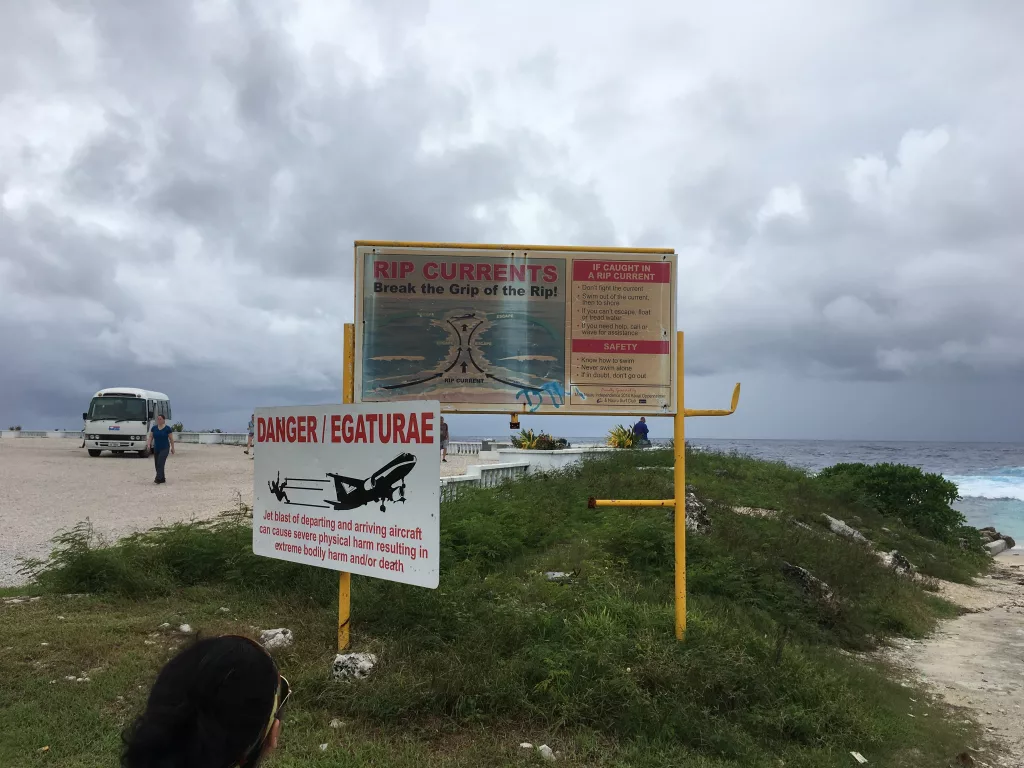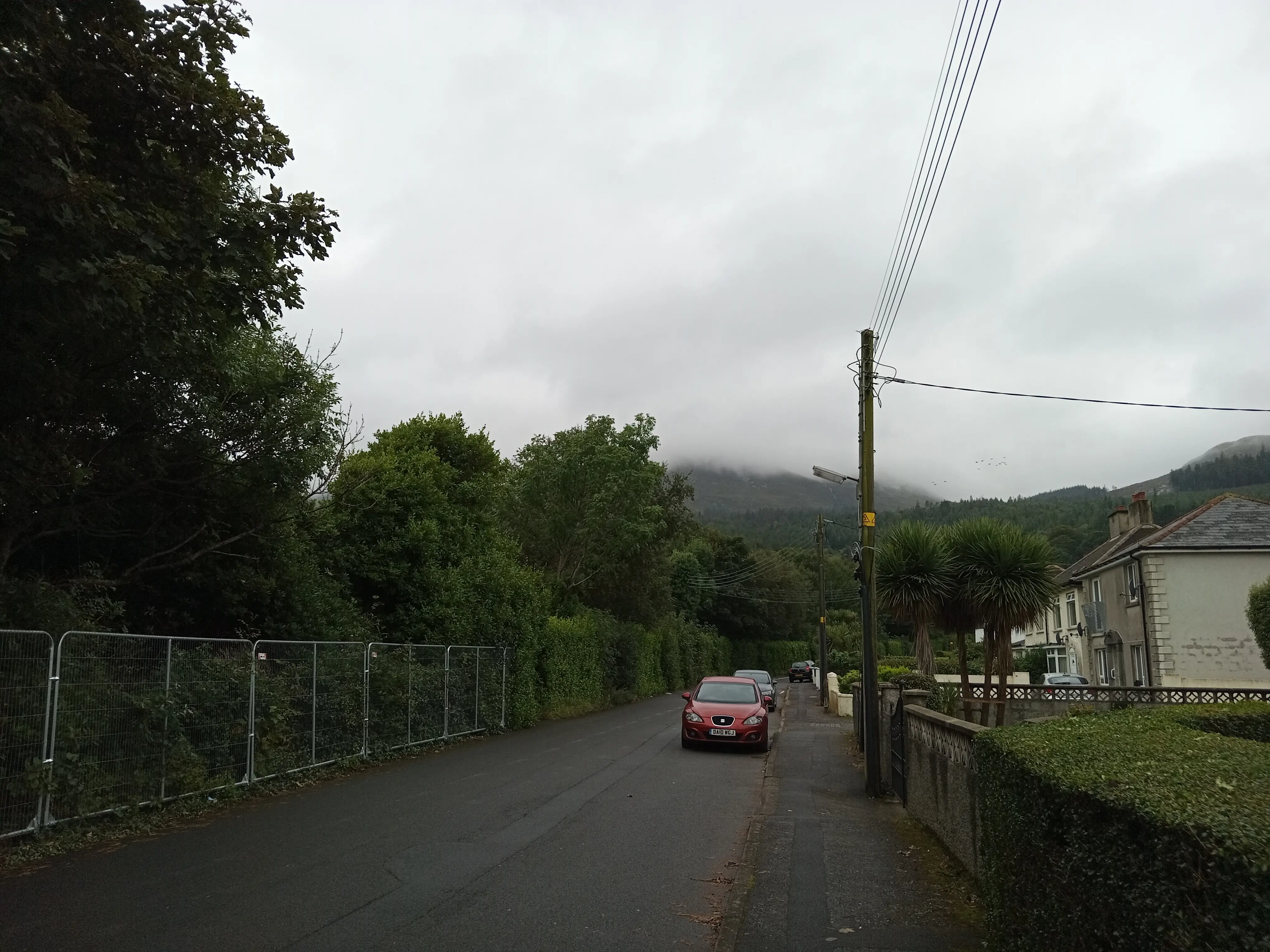The last trip I took before the pandemic started was an island-hopping tour of the South Pacific during which we would celebrate the New Year. I visited many small island countries, including one of the least visited countries on the planet. Once occupied by Japan, at one point a phosphate strip mine, and now host to those seeking asylum in Australia, Nauru is one of the most interesting countries I’ve ever visited.
In 2018 I was invited on a tour around the South Pacific. Part of Young Pioneer Tours’ least visited countries package, we would be island-hopping across several countries that were rarely visited. One major draw to this tour was Nauru, a small island nation many people haven’t heard of.
Arrival
On arriving in Nauru we, of course, had to pass through immigration. It went smooth enough, but it was painful to see their visa stamp took up a whole page of our passports. They obviously don’t get many tourists.
The hotel we stayed at was in one corner of the island. Originally shelters built to house asylum seekers, it had been repurposed into a hotel. The restaurant here was probably the fanciest on the whole island.
Despite the lack of tourism here, we had a pretty packed schedule for the next few days. There’s a lot more to this small island nation than meets the eye.
Exploring
There was a lot to explore around the small island. During our tour we got to see many of the beaches, caves, shops, and remains of mines past. Near the airport you can see a list of all the tribes on the island, as well as their individual populations.
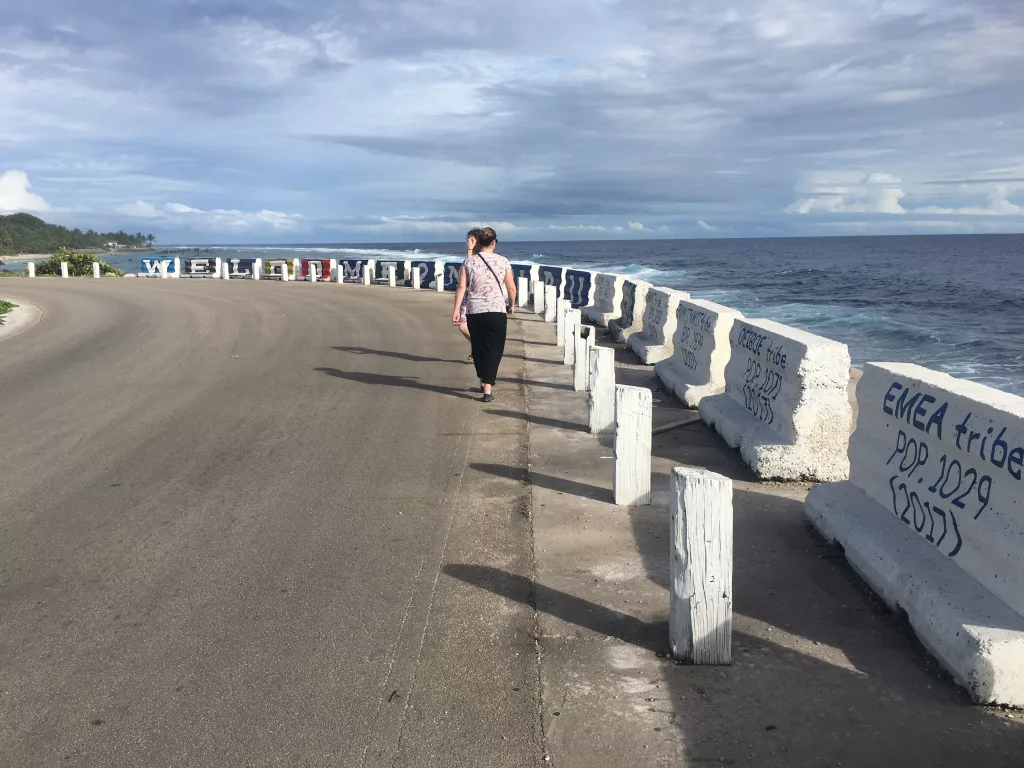
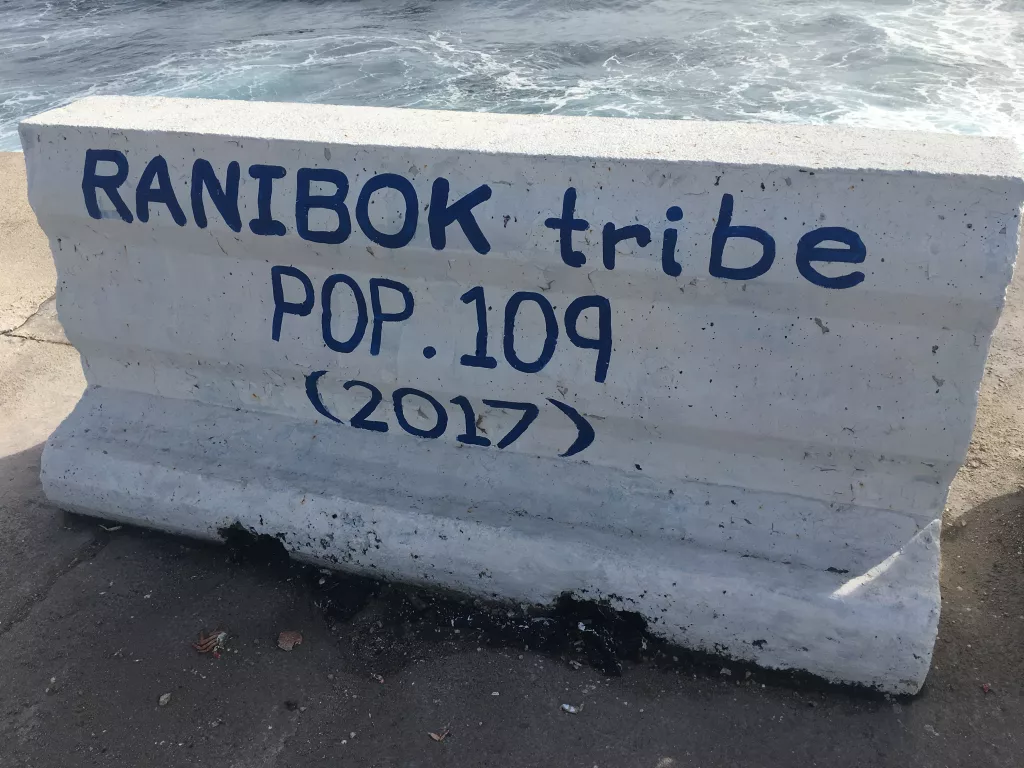
Being an island, Nauru has plenty of beaches. Palm trees and boats line the coastline. There was a storm coming this new year, so we didn’t see anyone out in the water.
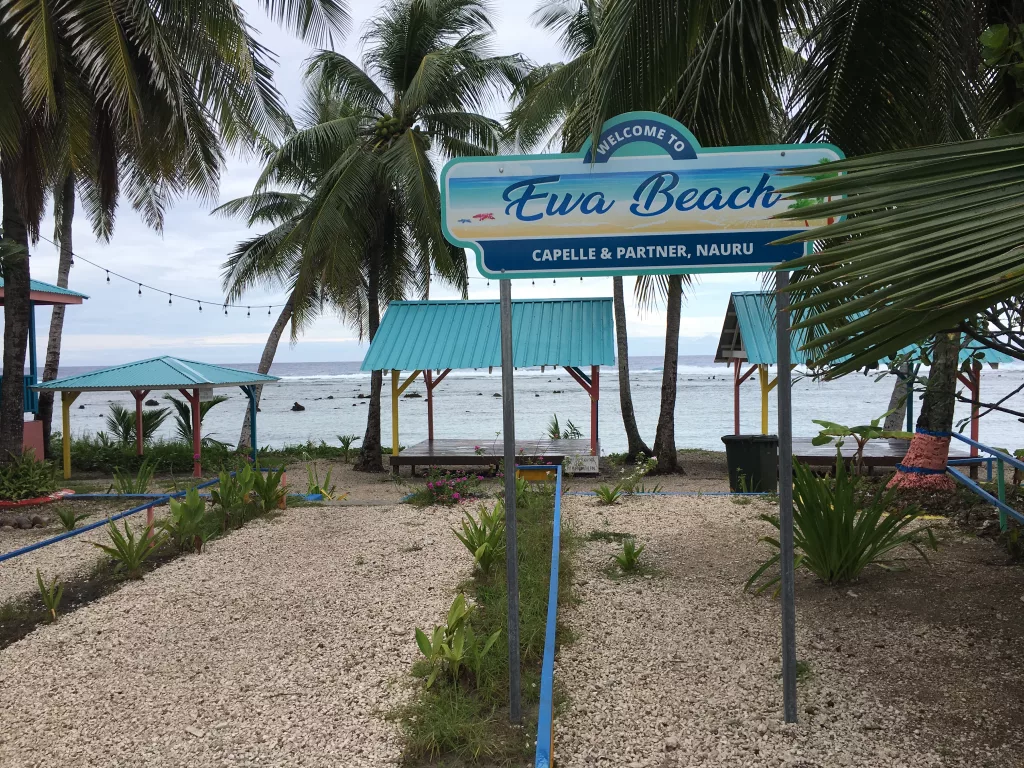
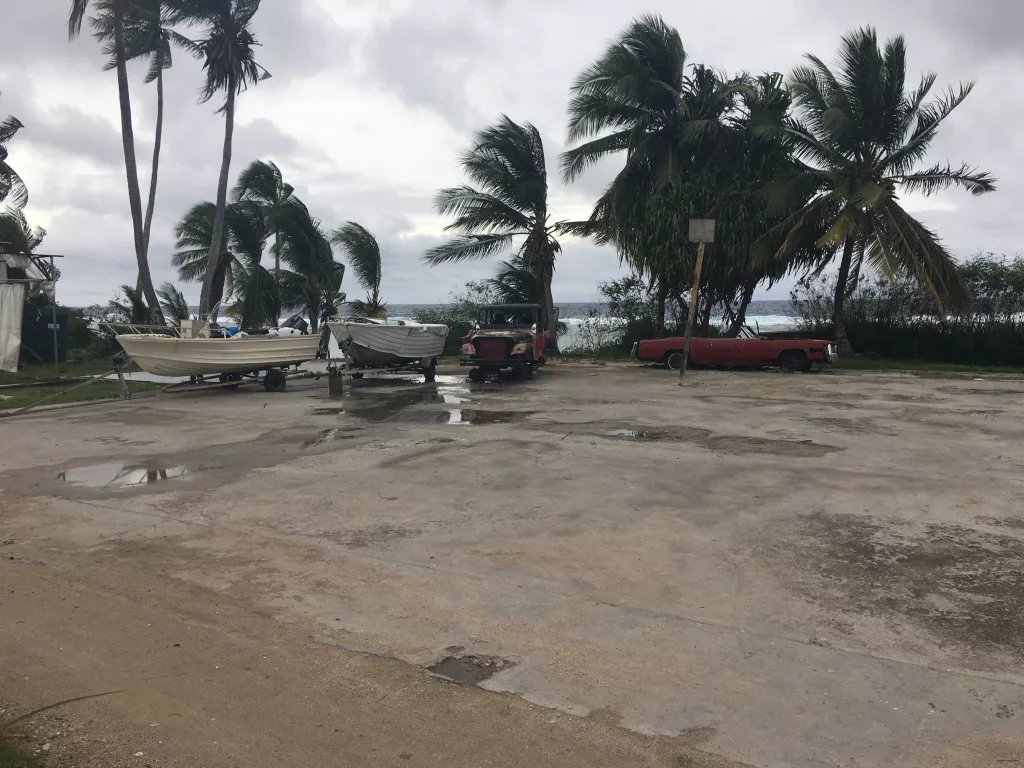
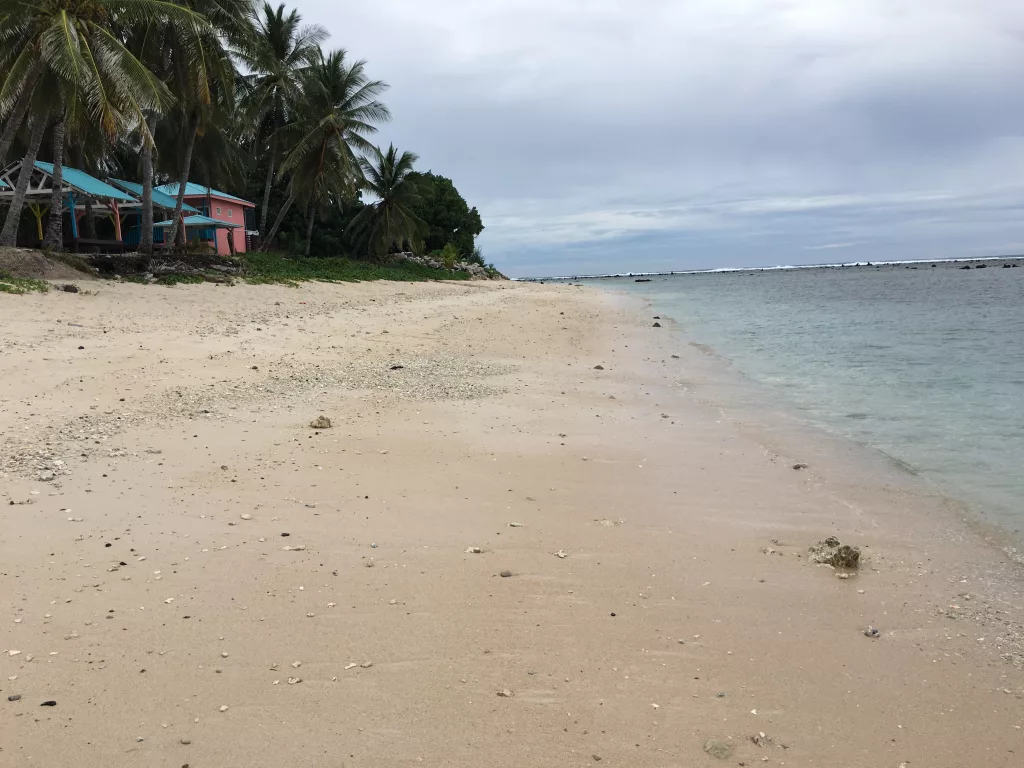
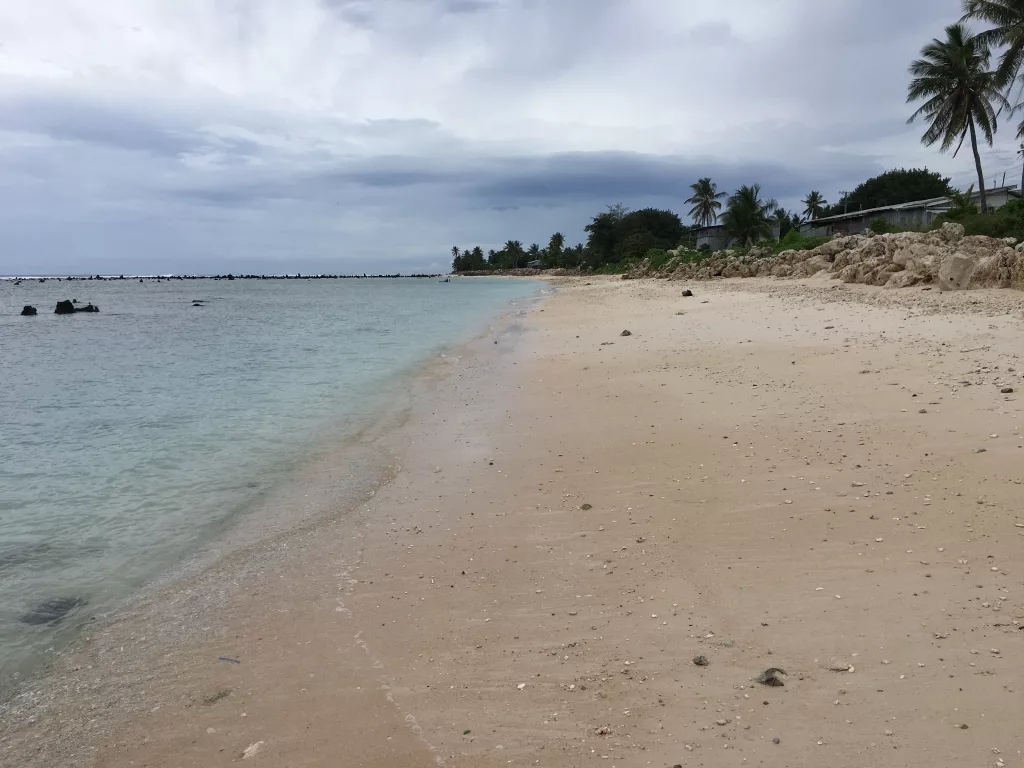
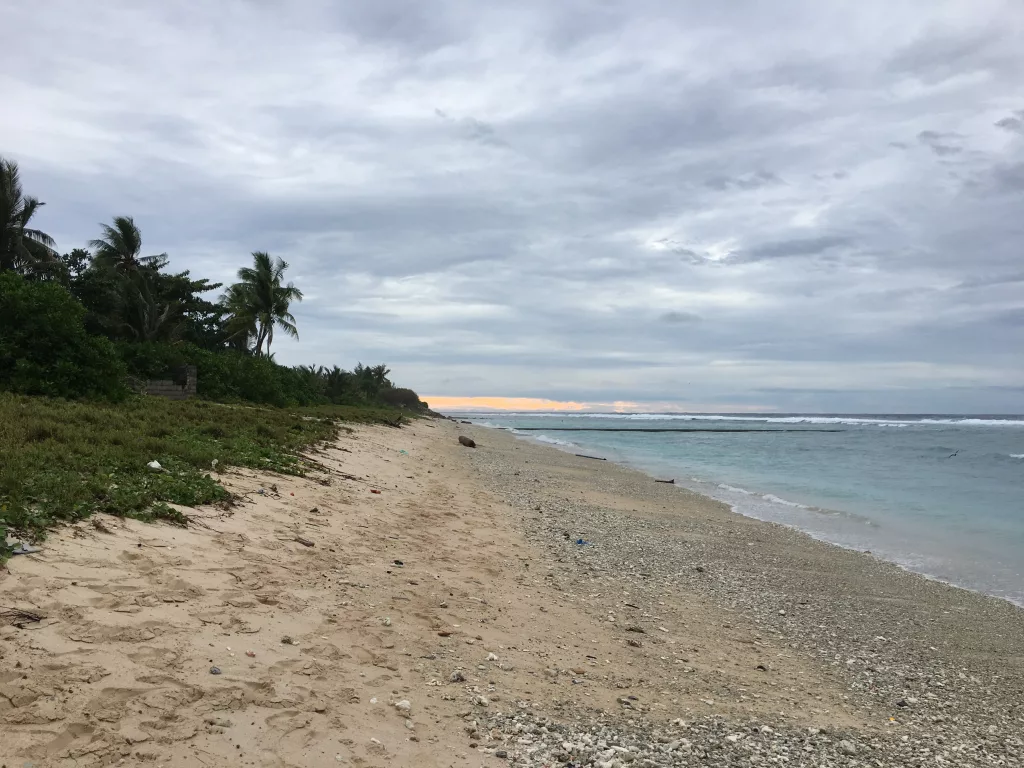
In terms of urban exploration, there isn’t much to do. Nauru has several small settlements on the outer edges of the island, where most people live. Toward the center of the island you will find old mining facilities, refugee camps, a prison, and a palace, among other things.
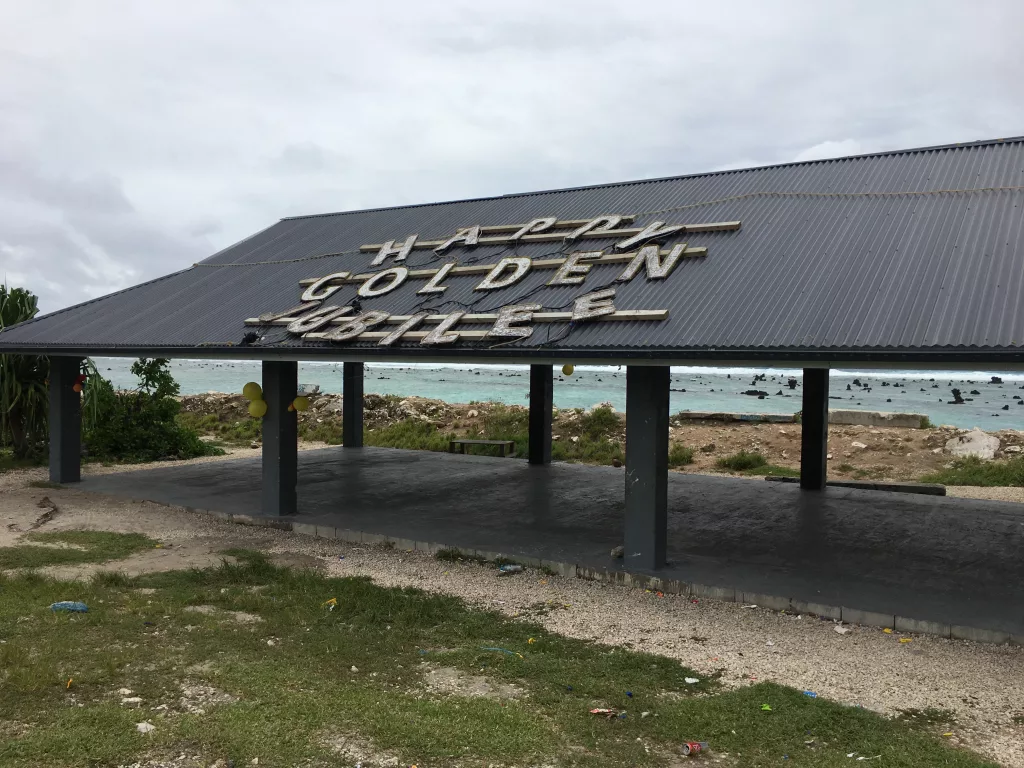
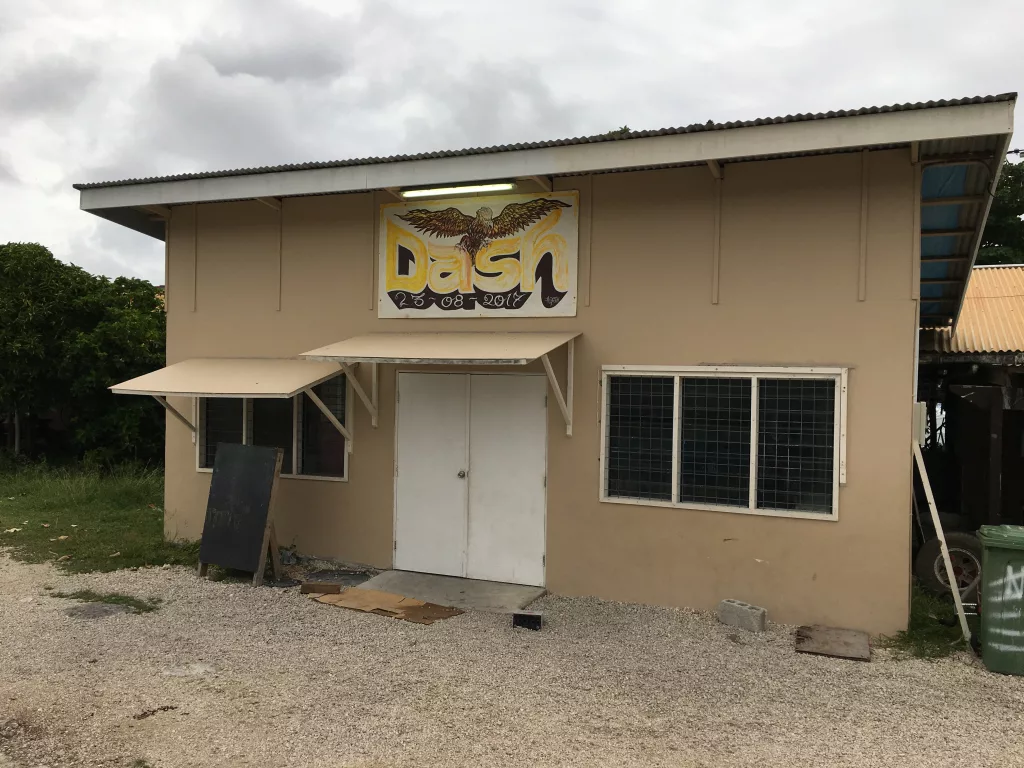
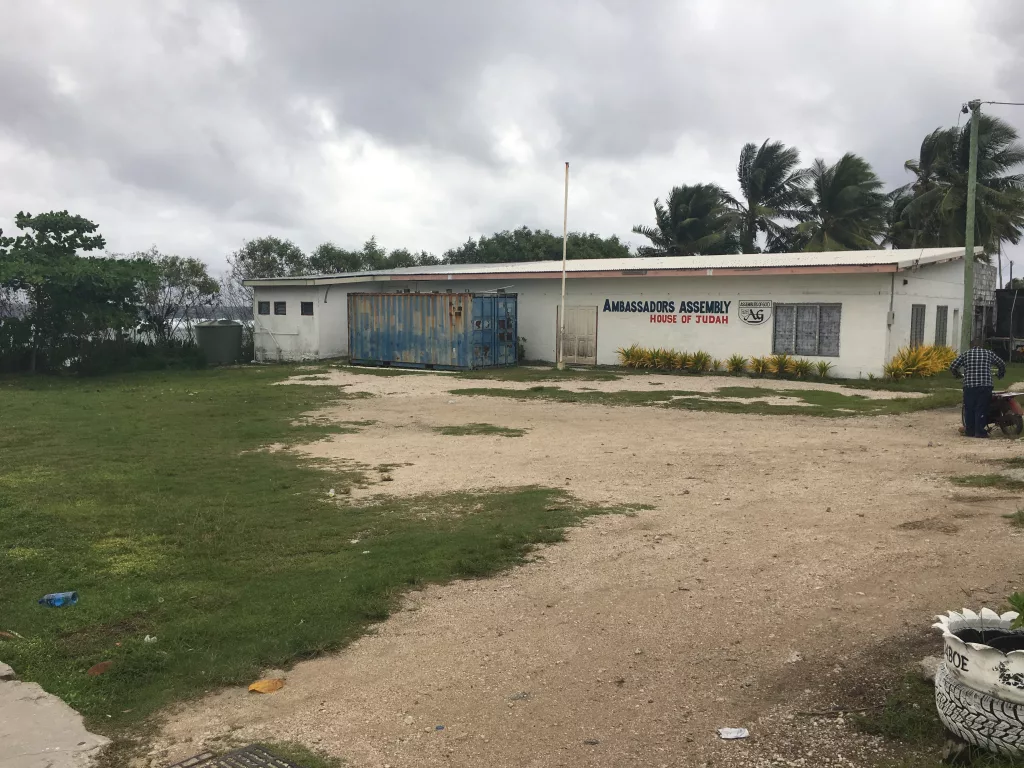
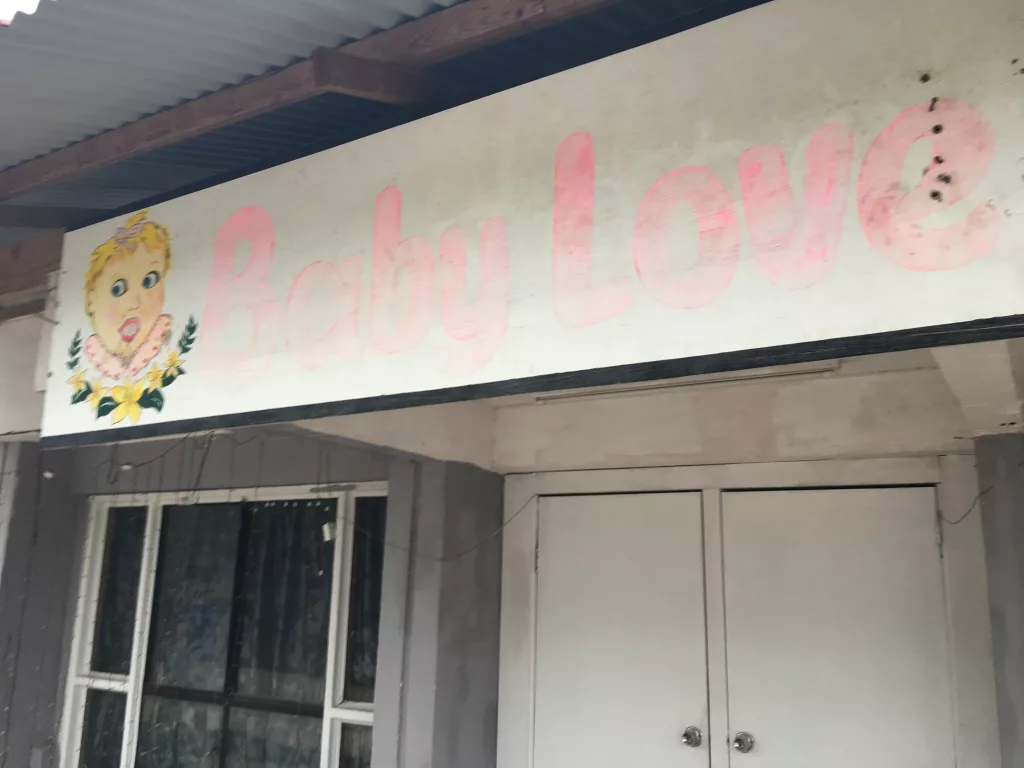
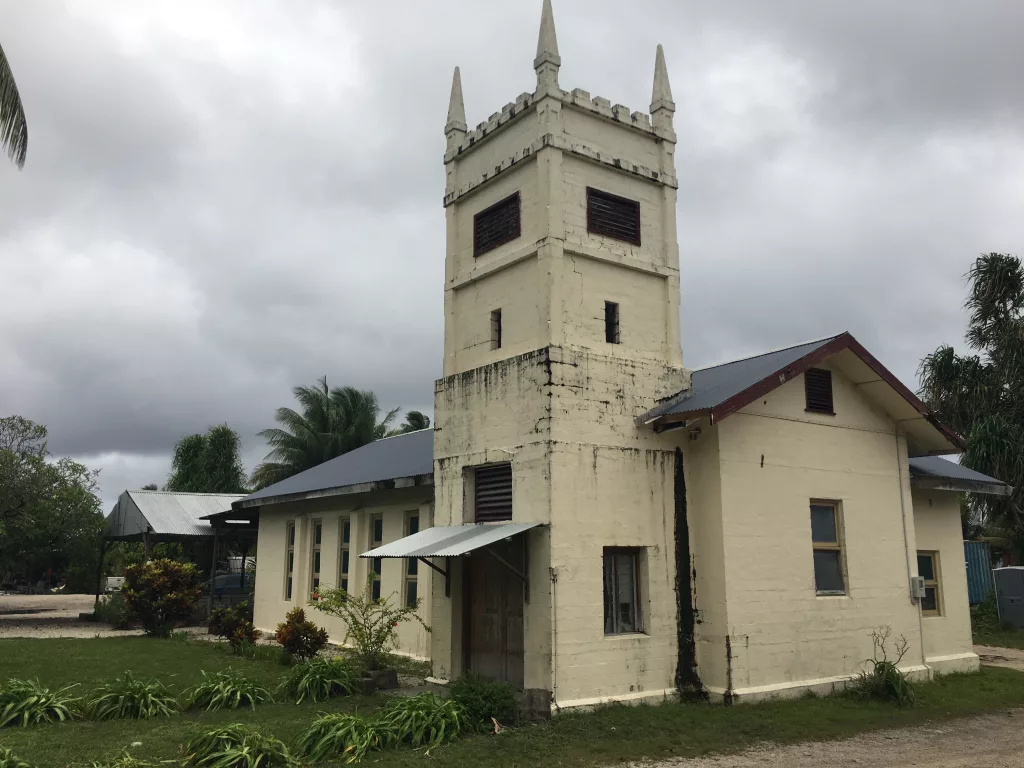
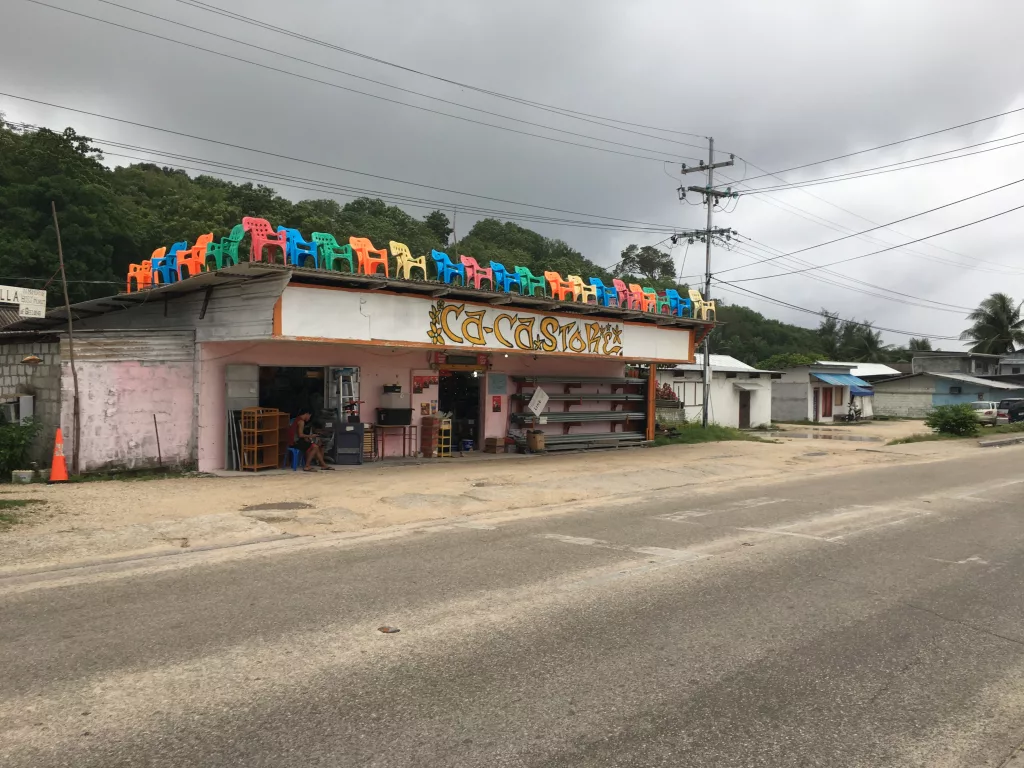
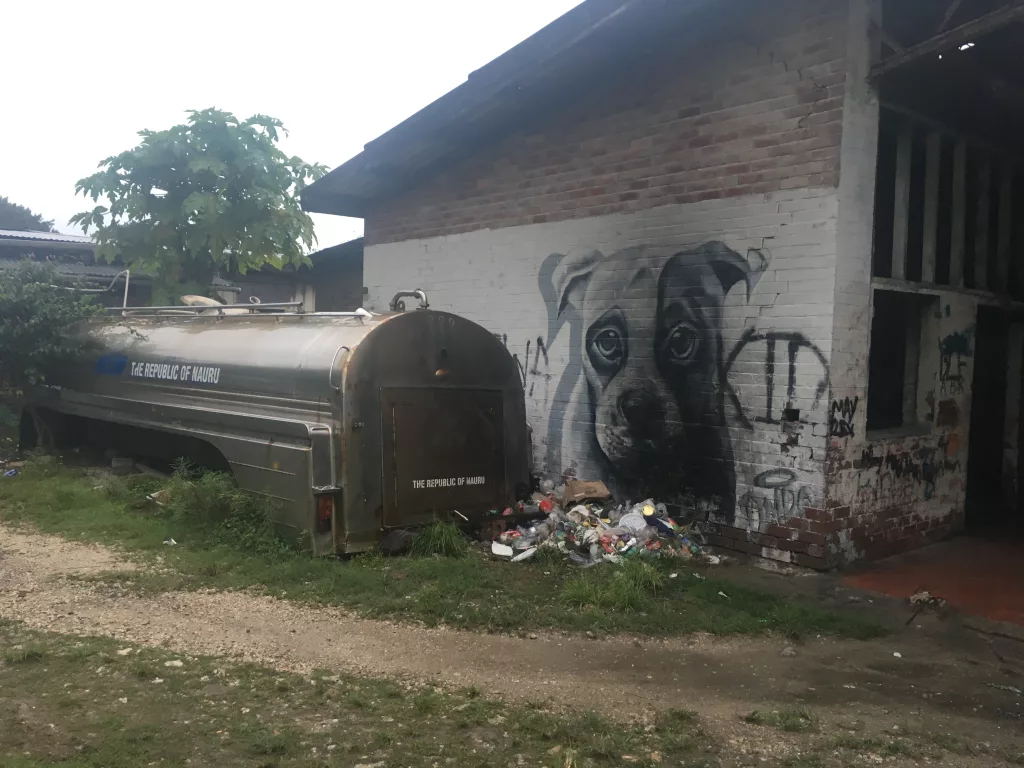
There are also caves dotted along the island. We aren’t exactly spelunkers, but we were able to explore just the tip of one of these caves.
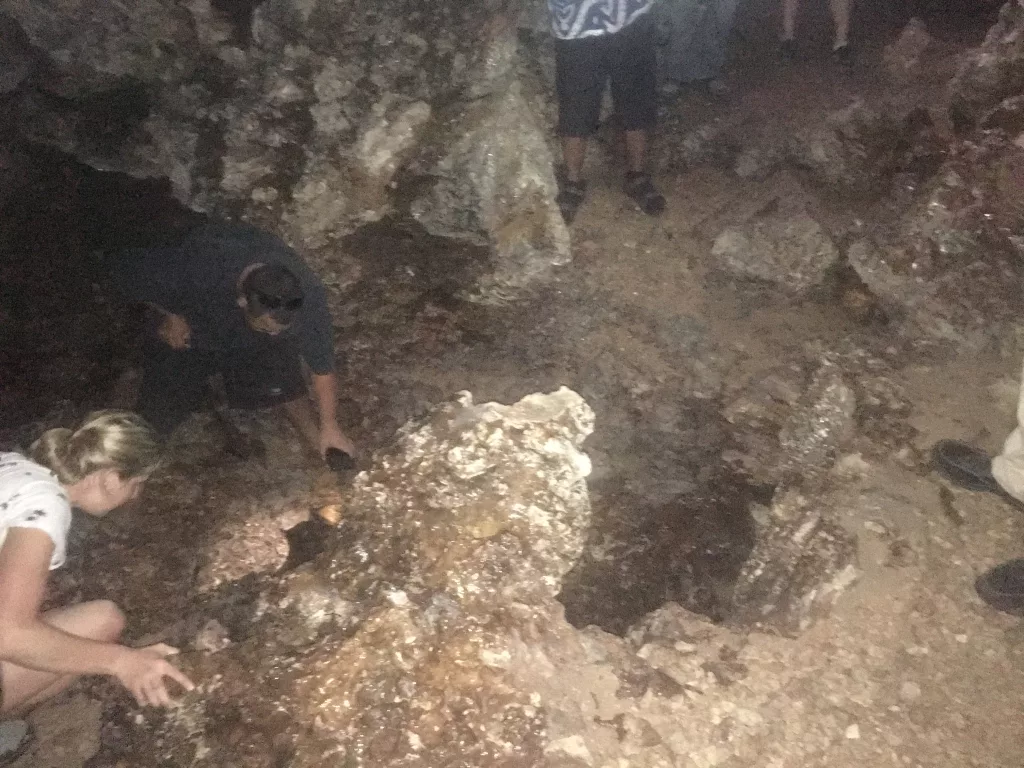
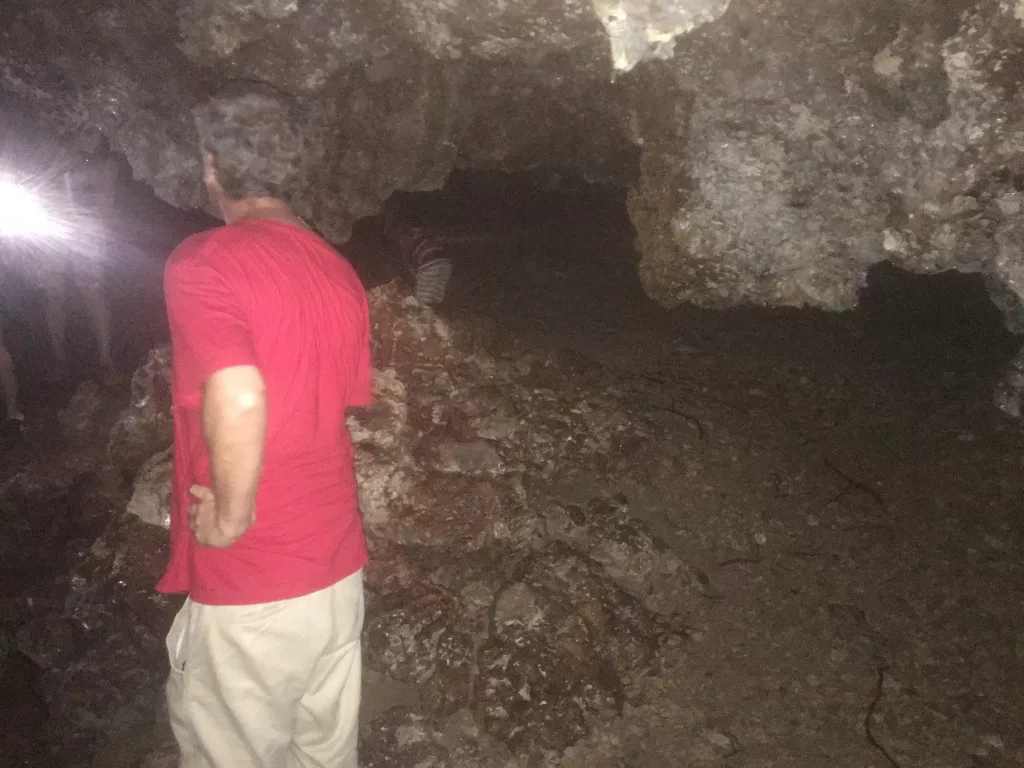
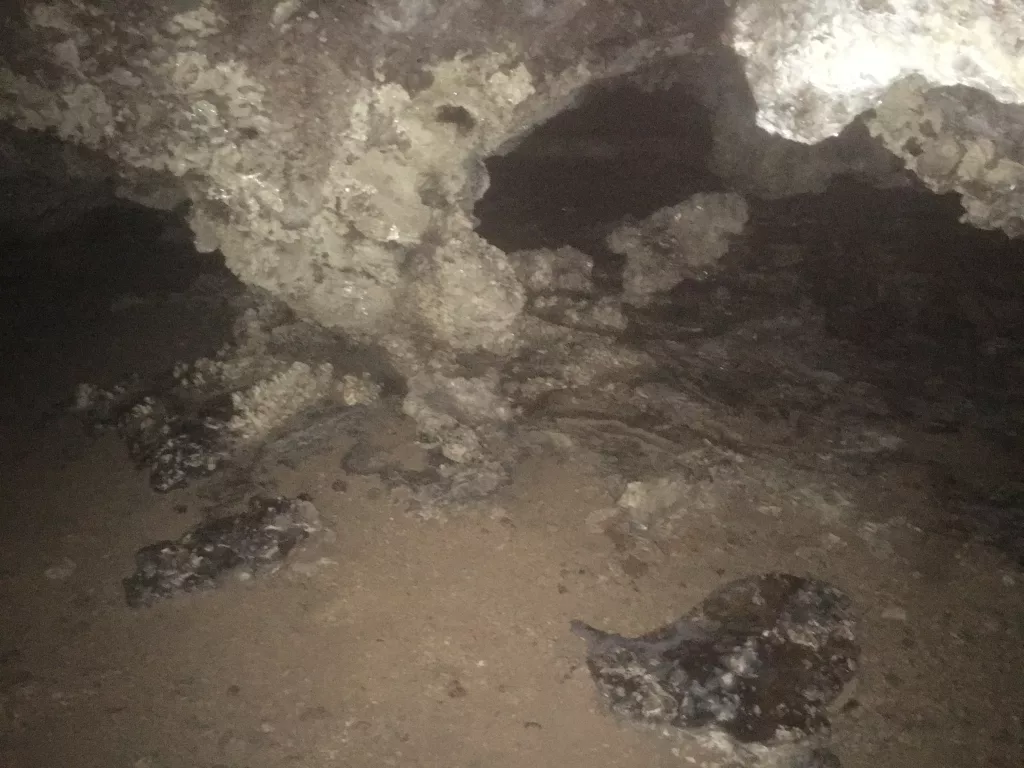
Nauru’s coasts have some unique rock formations. They kind of remind me of the mountains near Guilin, only much smaller.
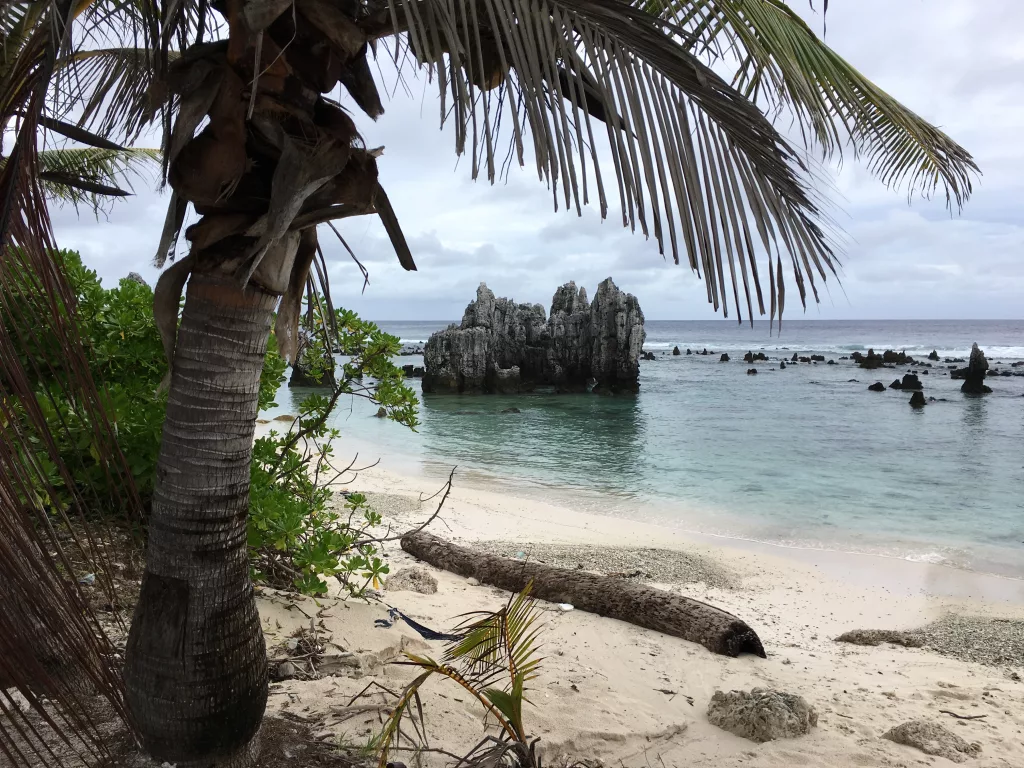
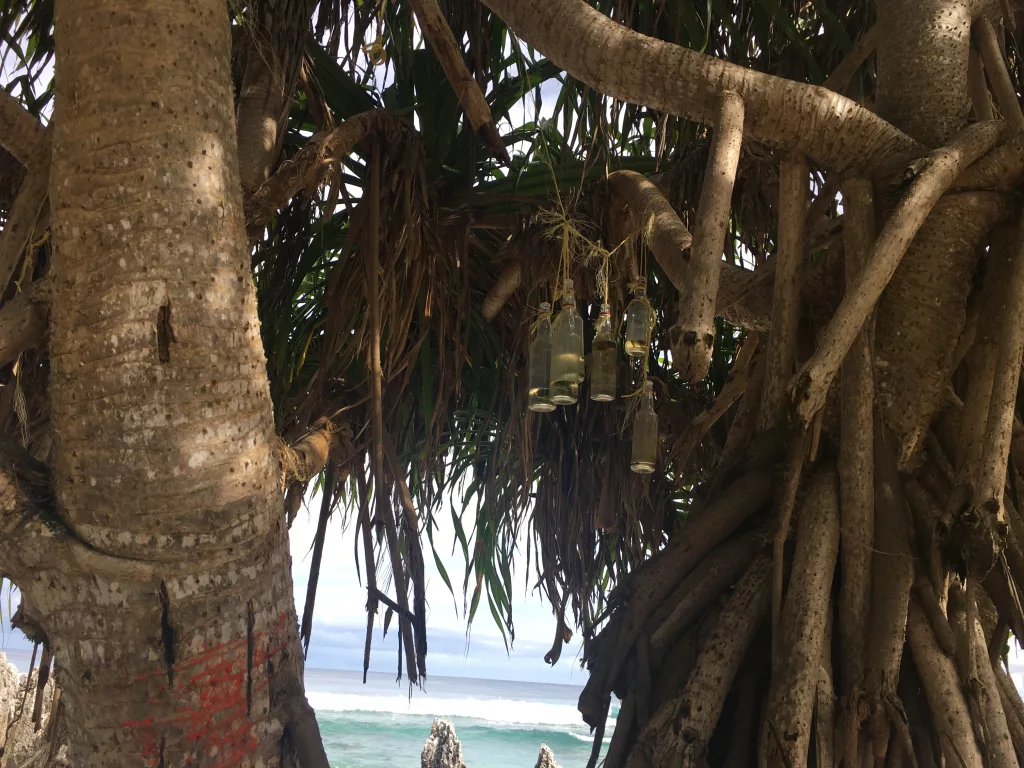
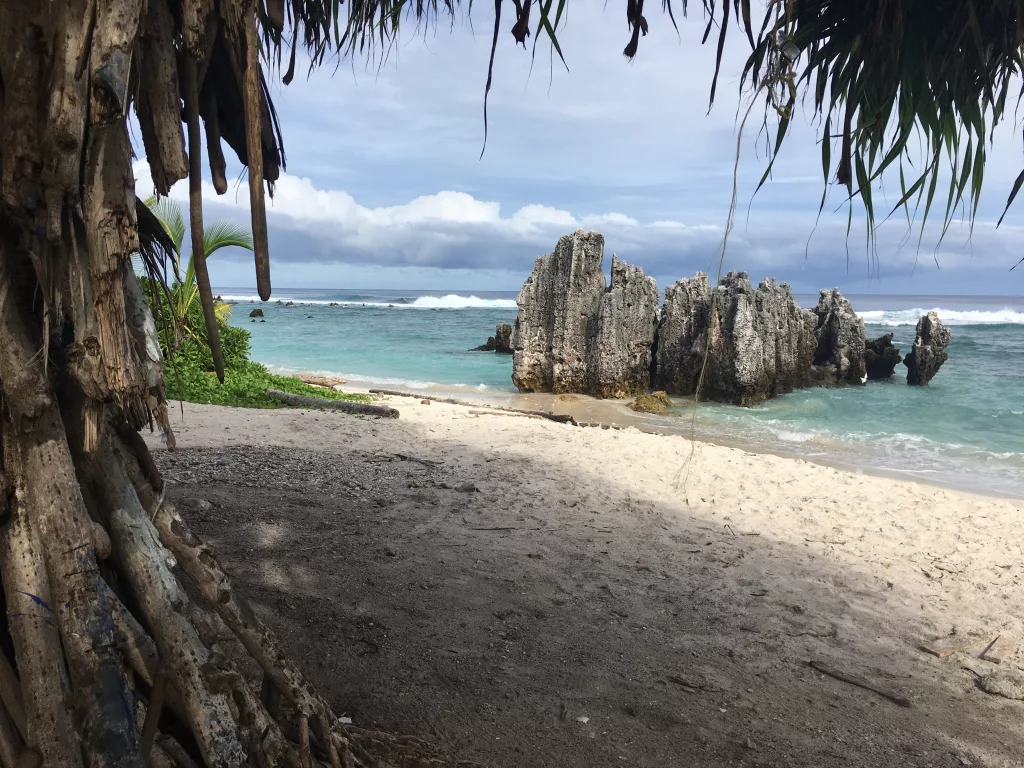
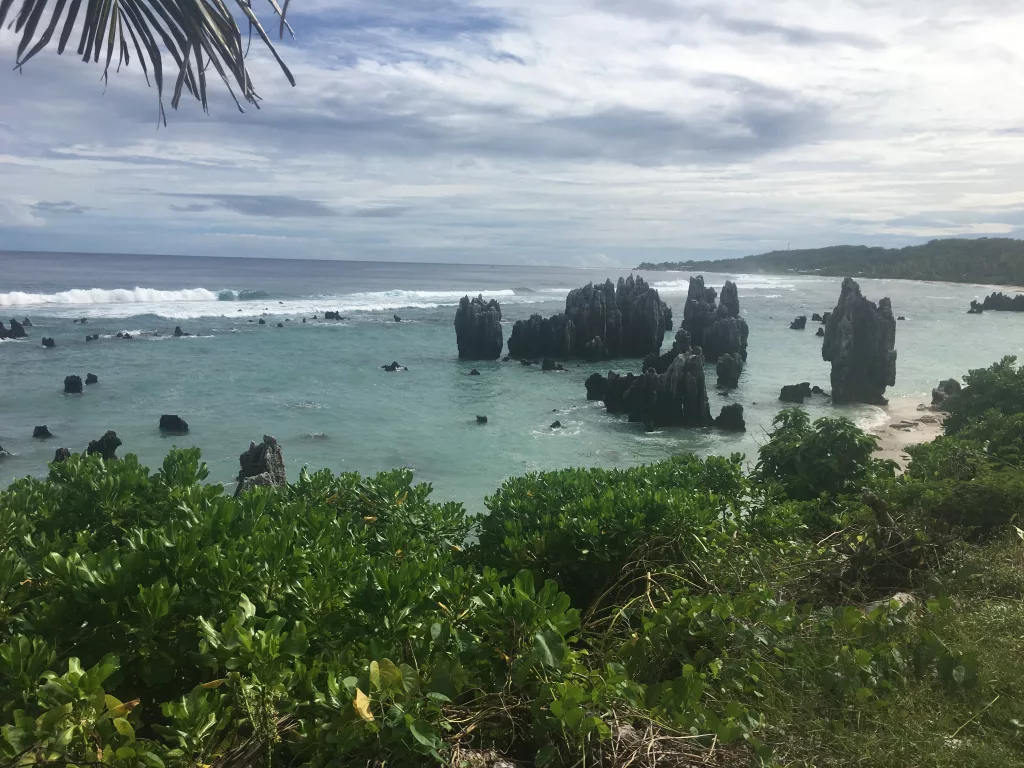
With it being the 50th anniversary of Nauru’s independence, there was a bit more to see this year. At one point there was a parade celebration. Costumed people riding along in trucks danced to music and hand out sweets to children.
One of the things you notice in these South Pacific islands, is that a lot of infrastructure was built by either China or Taiwan. Many of these governments seek funding from these territories, in return for recognising (or not recognising) Taiwan as an independent state.
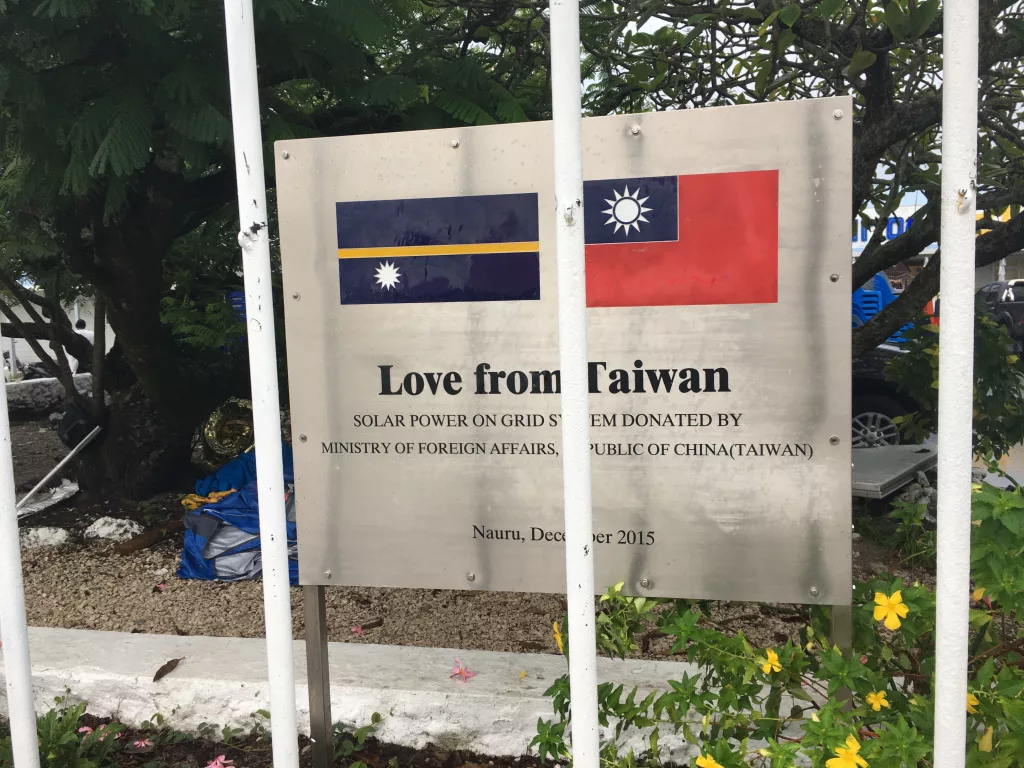
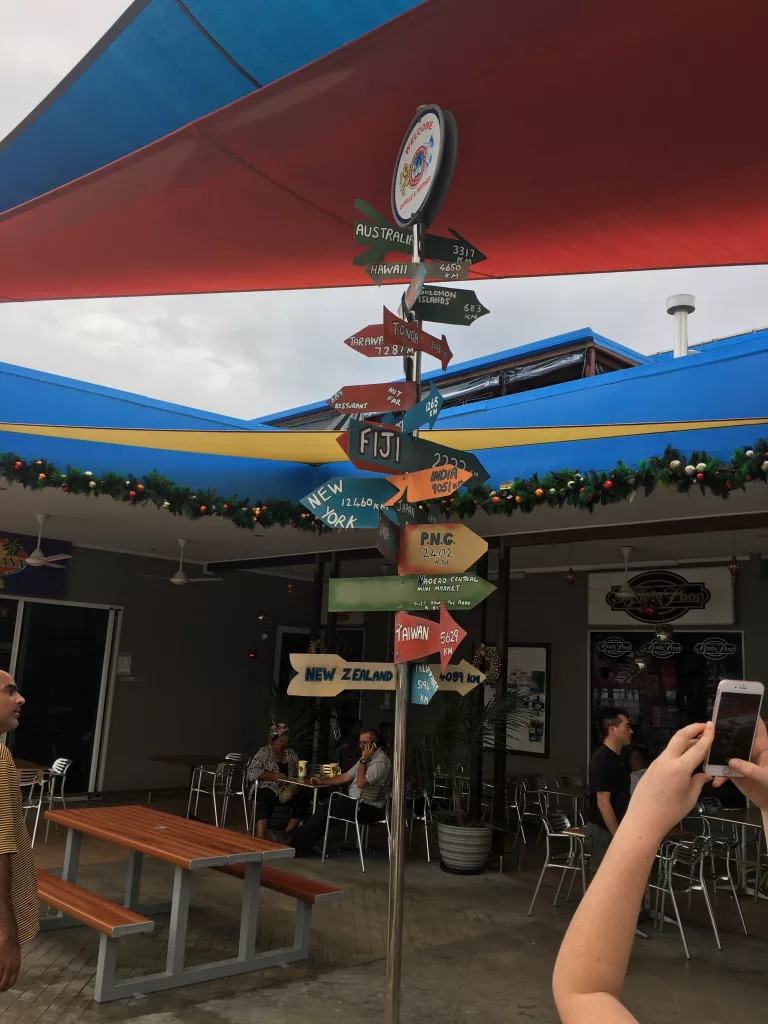
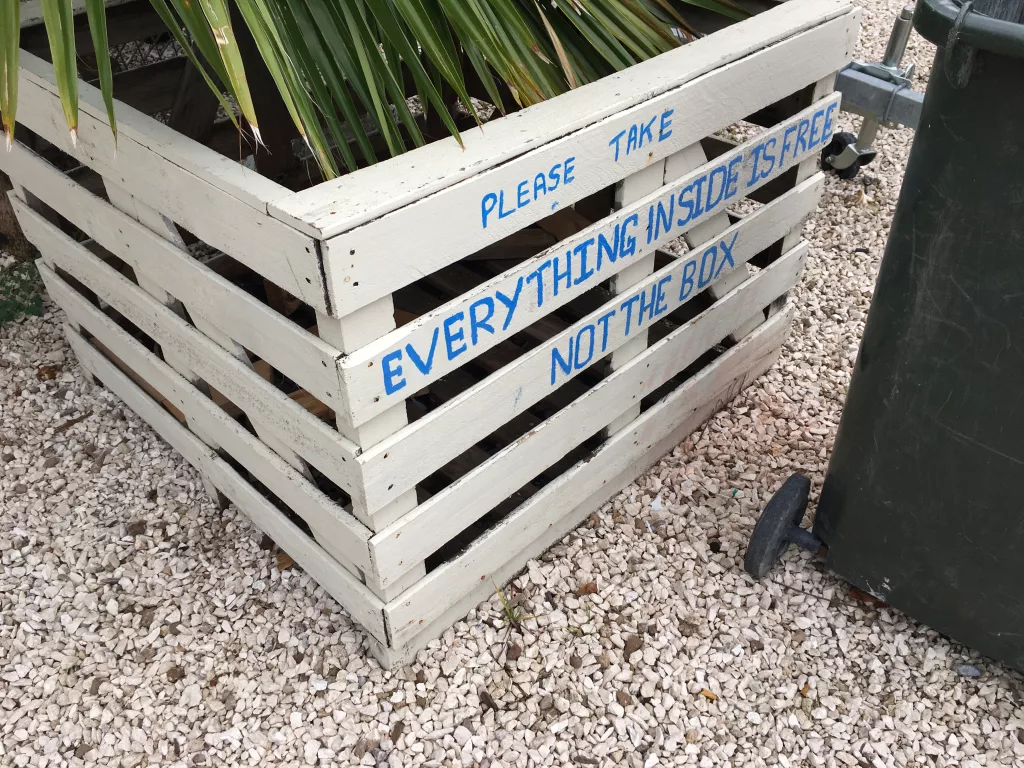
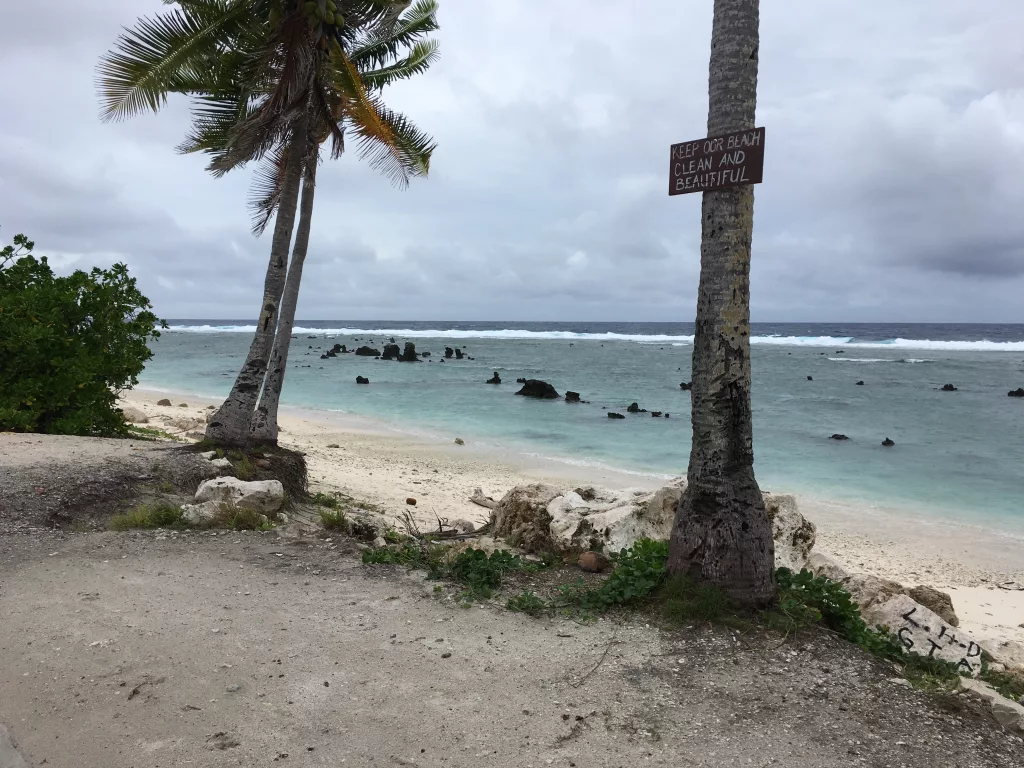
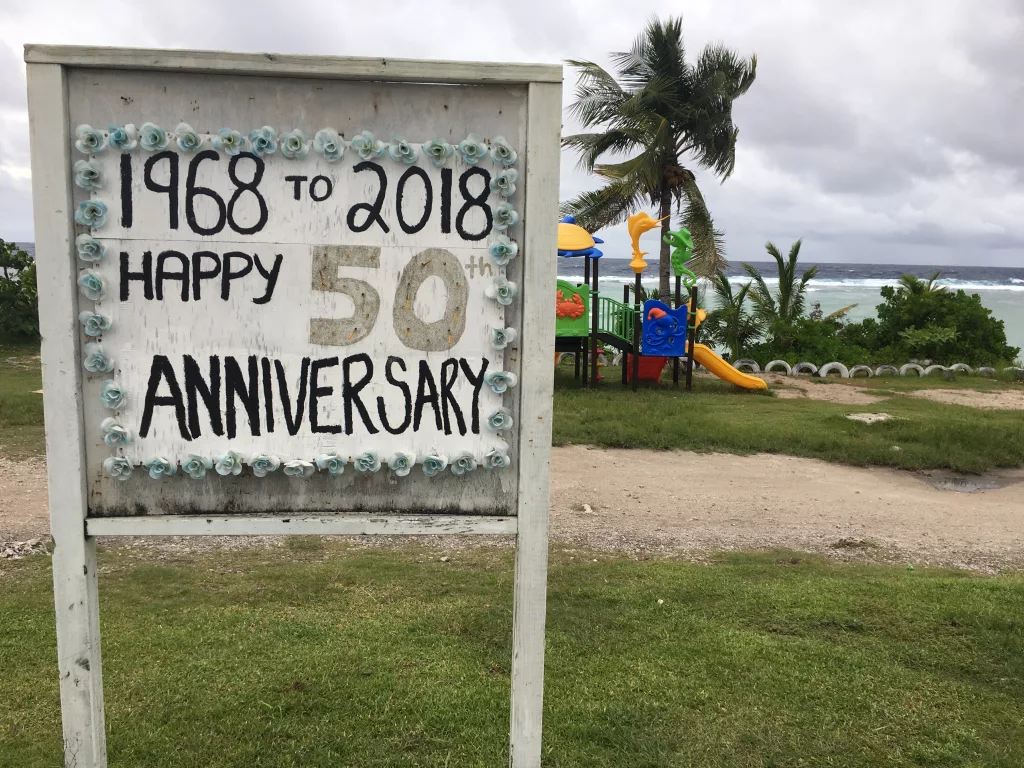
Of course, with the island being so small, we had to complete a challenge. At the time I write this, I have used Strava exactly once. And that is just to prove that I am one of the few people who have walked around an entire country in just over 4 hours.
Phosphate Mines
Naura was home to phosphate deposits that led to strip mining the country for resources. These deposits ran dry in 1990, leaving the local environment scarred.
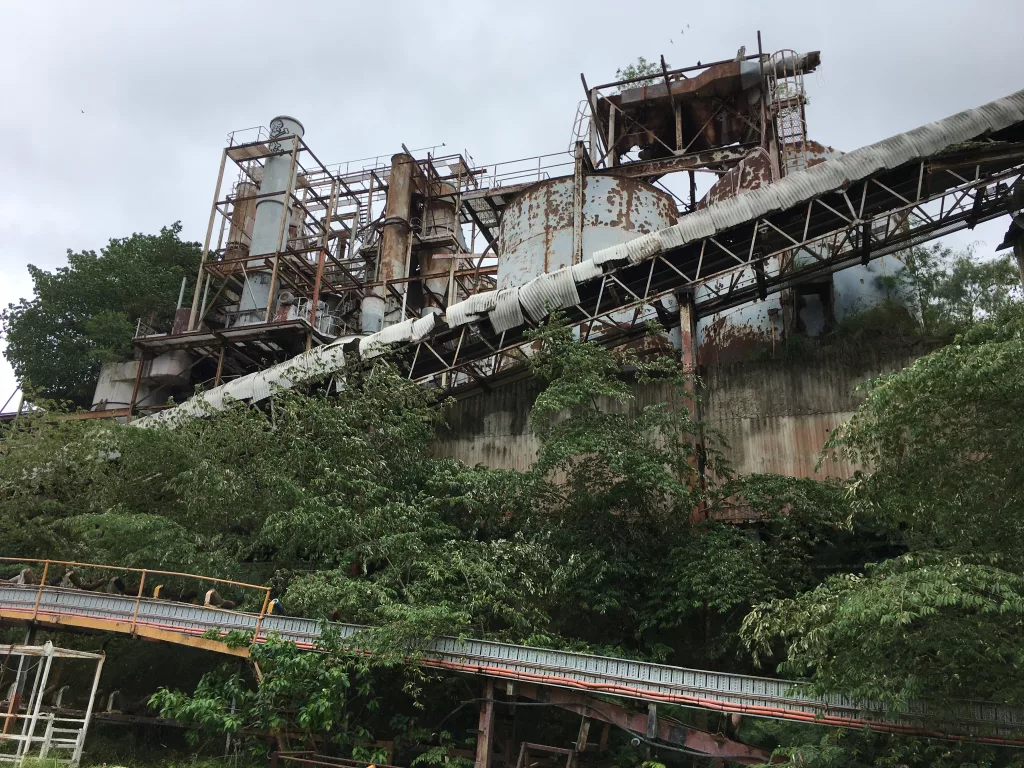
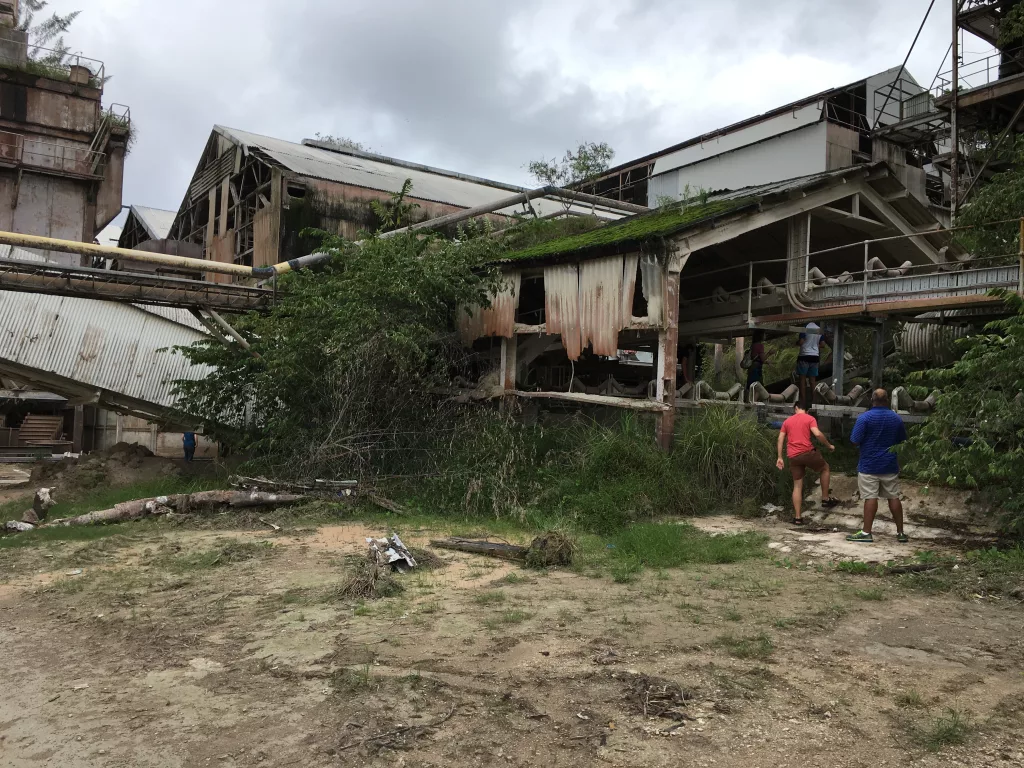
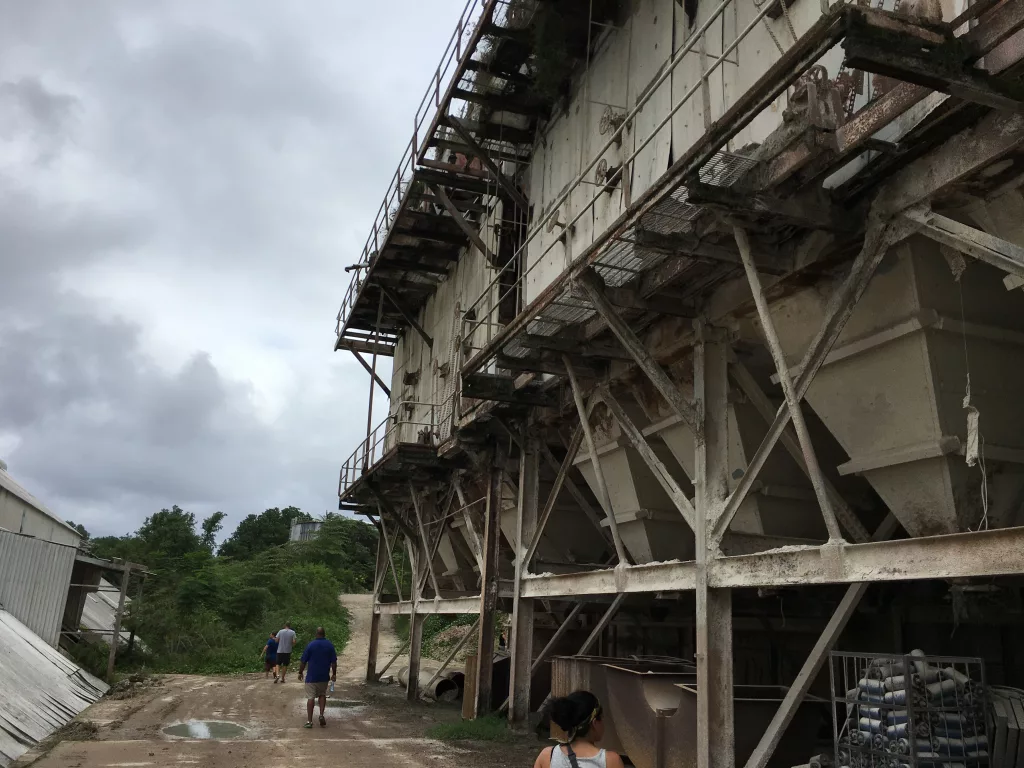
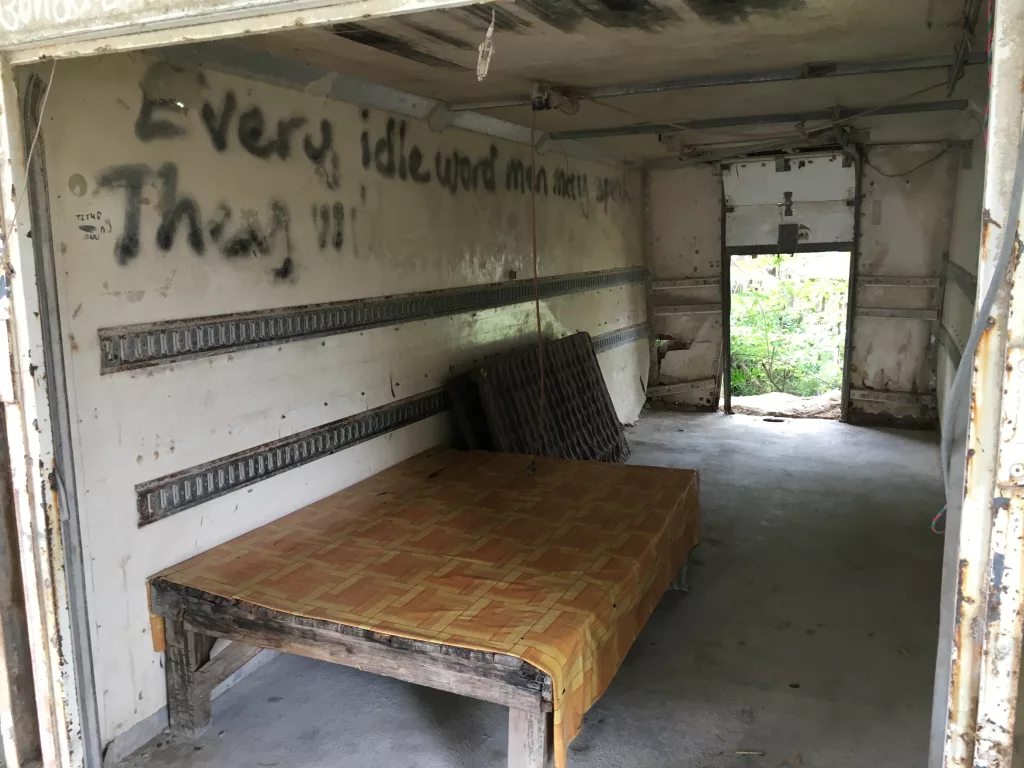
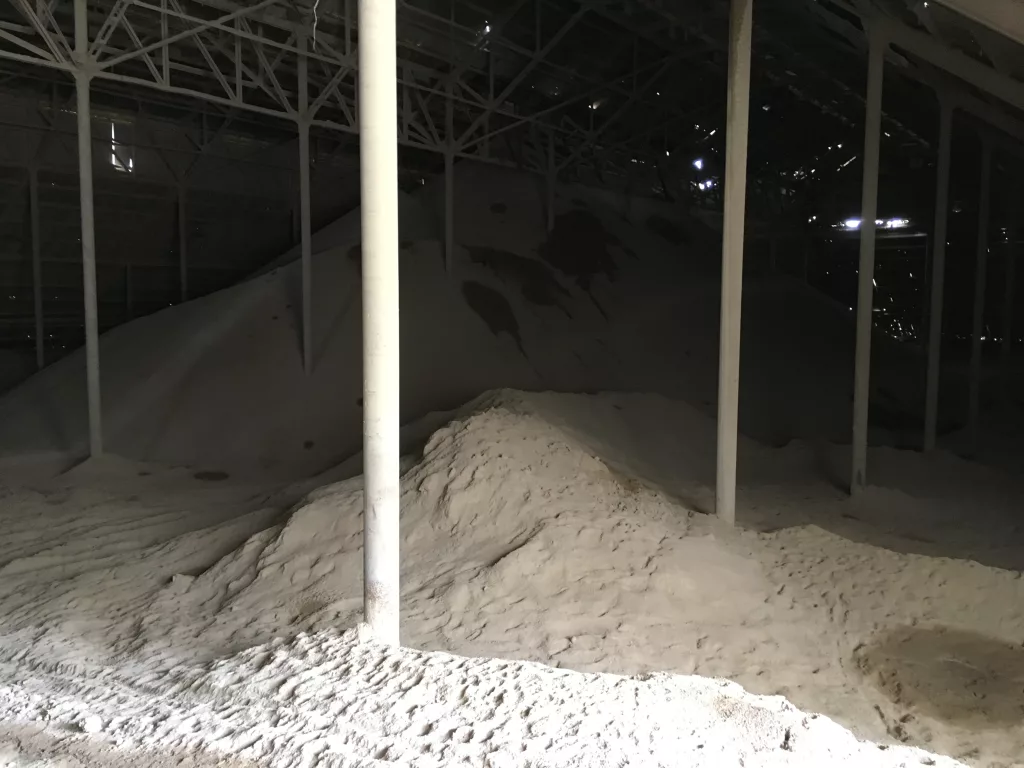
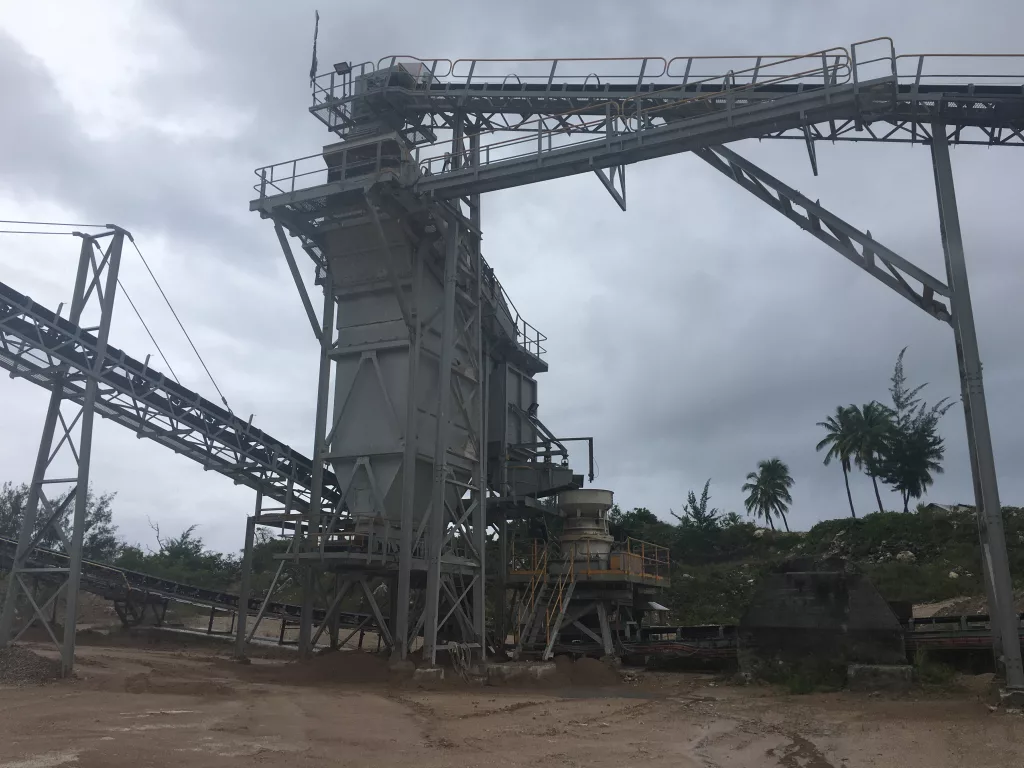
The old strip mines lay abandoned in the middle of the island. We took some time to visit the rusted remains of one of the mines. The rusted, run-down remains weren’t guarded or cordoned off, we were free to wander this skeleton of the mines.
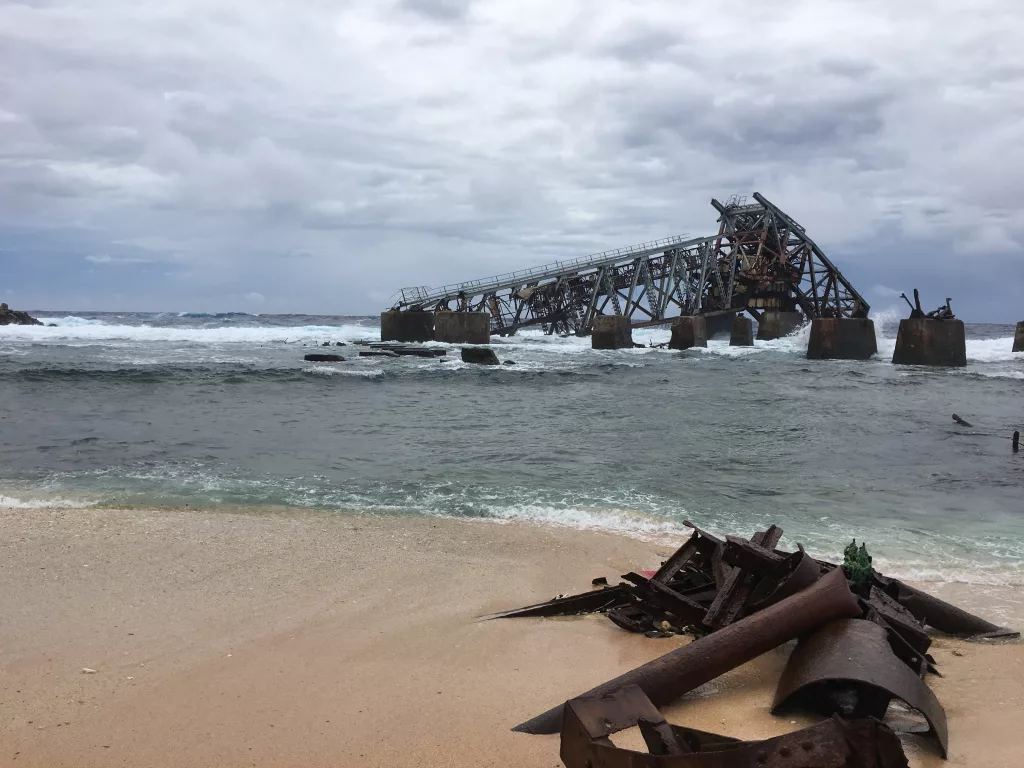
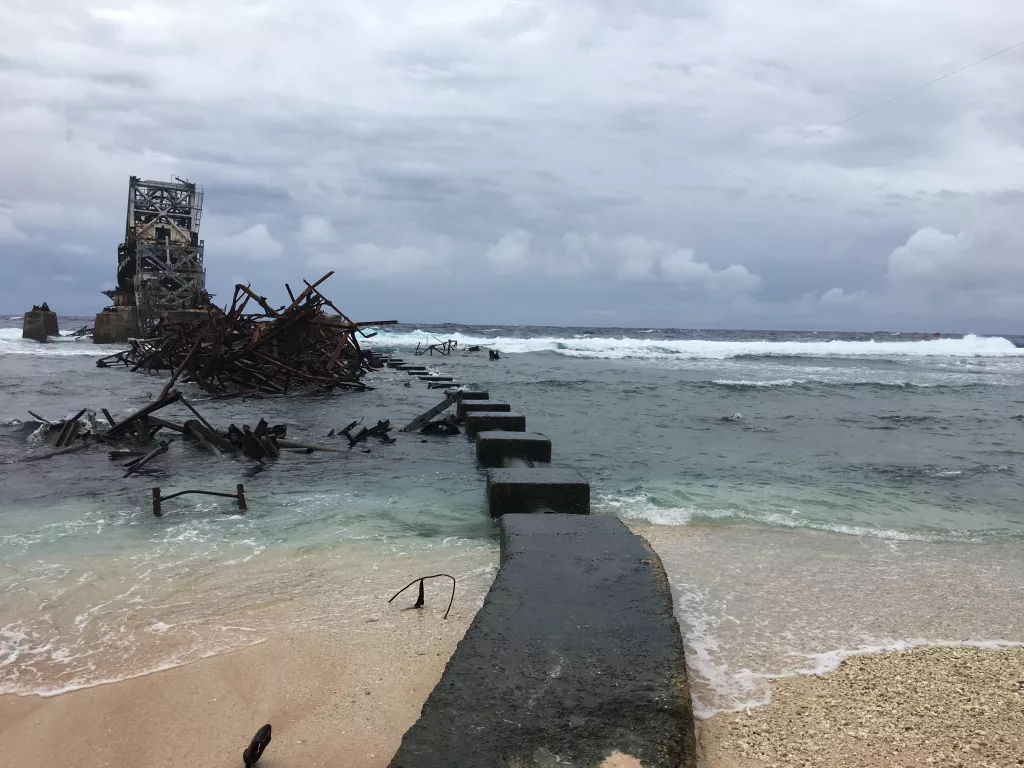
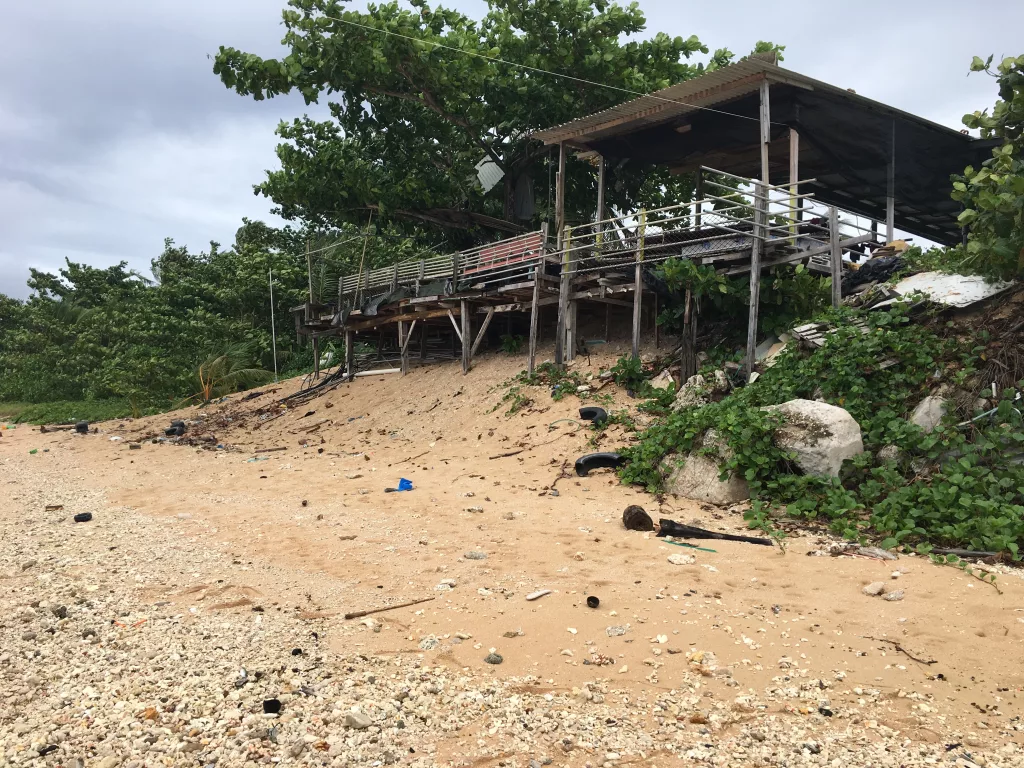
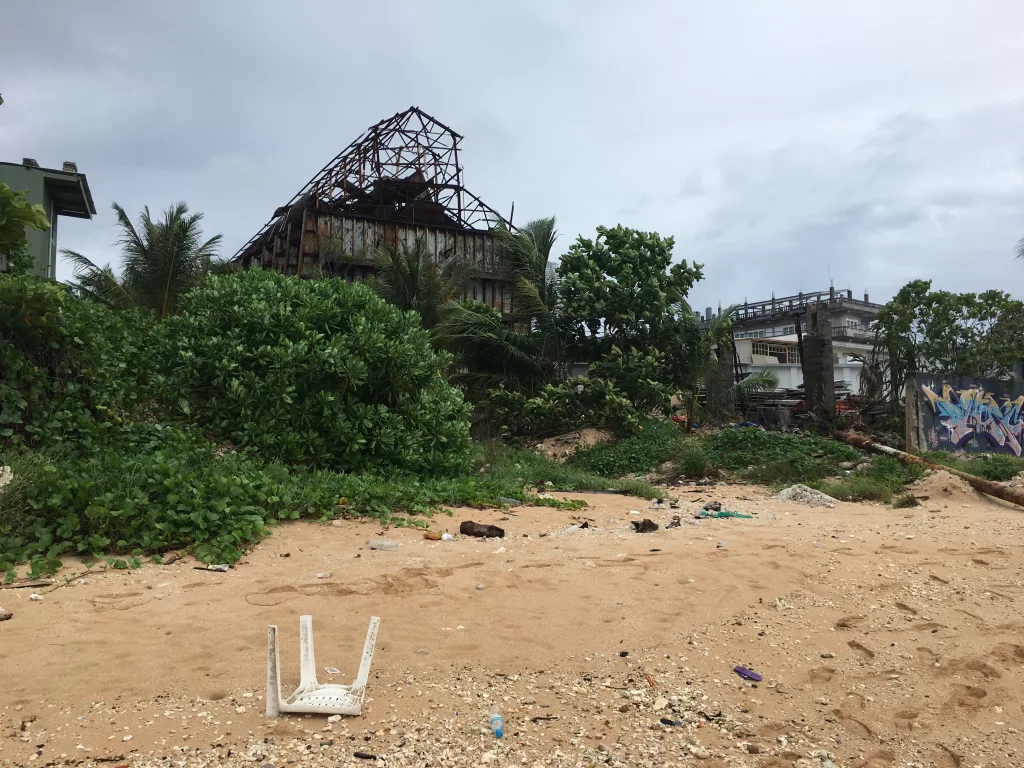
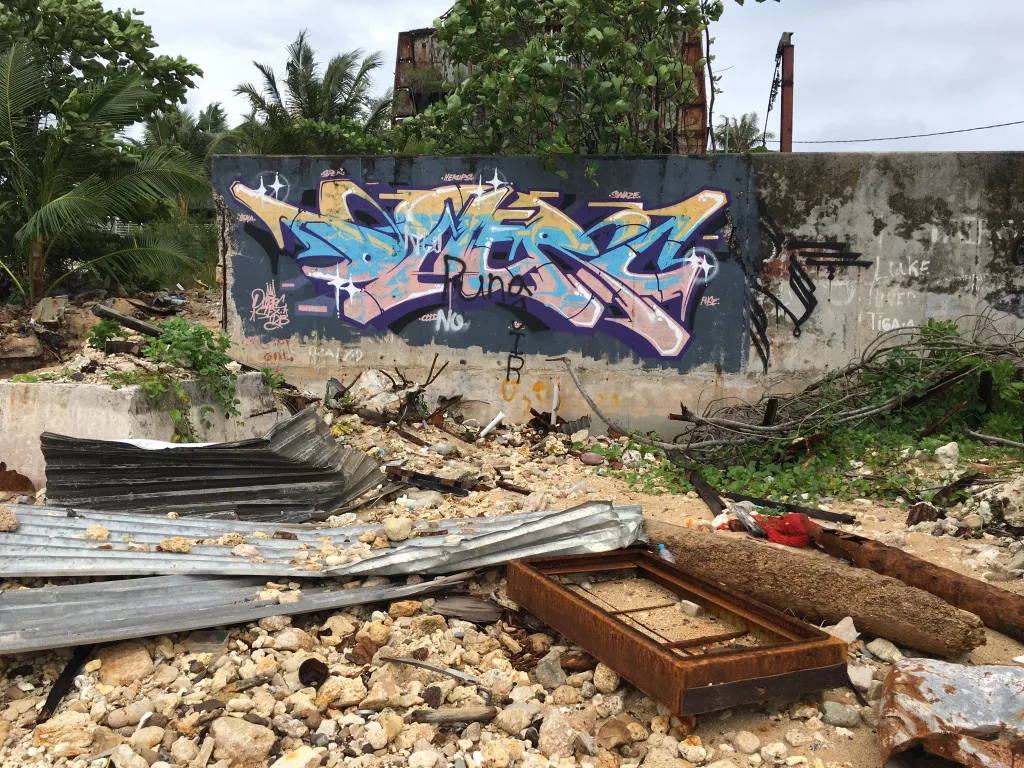
I saw hoppers, rails, and machines in every direction. We had no expert in mining with us so we were left to guess what the function of each machine was. We found piles of what could have been phosphate, though it’s likely not large enough to make it worth selling anymore.
Government Office Tour
One stop on our tour was the government office and parliament office buildings in Nauru. We were able to take pictures outside and wander the courtyards outside. But then we got lucky.
Someone who works there spotted us, and on the off-chance we asked if we could take a tour. There wasn’t any politicking going on at the time, so they were happy to show off the place. We got taken inside, and got to see several meeting rooms, and the main parliamentary room.
We also asked if we could meet the president. We weren’t expecting them to take it serious, but they actually seemed to indicate it might be possible. Unfortunately, it was never meant to be. Even in a small country, the leader is a busy man.
The Quest for Booze
Nauru has exactly 4 bars on its entire island. So, naturally, we had to do a bar crawl. It is perhaps one of the first times a group of tourists has managed to do a bar crawl around a whole country.
The adventure became very different on New Year’s Eve. We found out that during New Year, Nauru turns into a dry country. You cannot buy alcohol anywhere. This put something of a spanner into our New Year’s plans.
On New Year’s Eve we spent most of the day visiting every bar, shop, and restaurant we could find on the island in the hopes of finding some alcohol to buy. We hoped that there might be someone that wasn’t following the rule, or would be willing to do it under the table.
Unfortunately it wasn’t meant to be. The law is clear here: no one sells alcohol during the New Year. Apparently it’s a Christian thing, but I’ve never heard of it in any other Christian country.
Thankfully, we had a backup. The restaurant we were staying at was willing to sell us alcohol at very marked up prices. We ended up accepting them on their offer.
The hotel held a pool party that night. We downed our spirits and took a dip or two in the pool. Some of our swimsuits were deemed inappropriate: Nauru is a little conservative when it comes to exposing skin.
It was a merry night, where I ended up on the other side of the country welcoming in the new year with the locals. I was the only one in my group still awake in the end. When I got a ride back to the hotel one of our group was preparing for another walk around the island.
War Wounds
During World War 2, Nauru was occupied by Imperial Japan. A garrison was established on the island, and several defenses were set up, including pillboxes and AA artillery. You can still see the remains of these installations today. As we wandered around the island you can see the remains of a bunker or two along the beach.
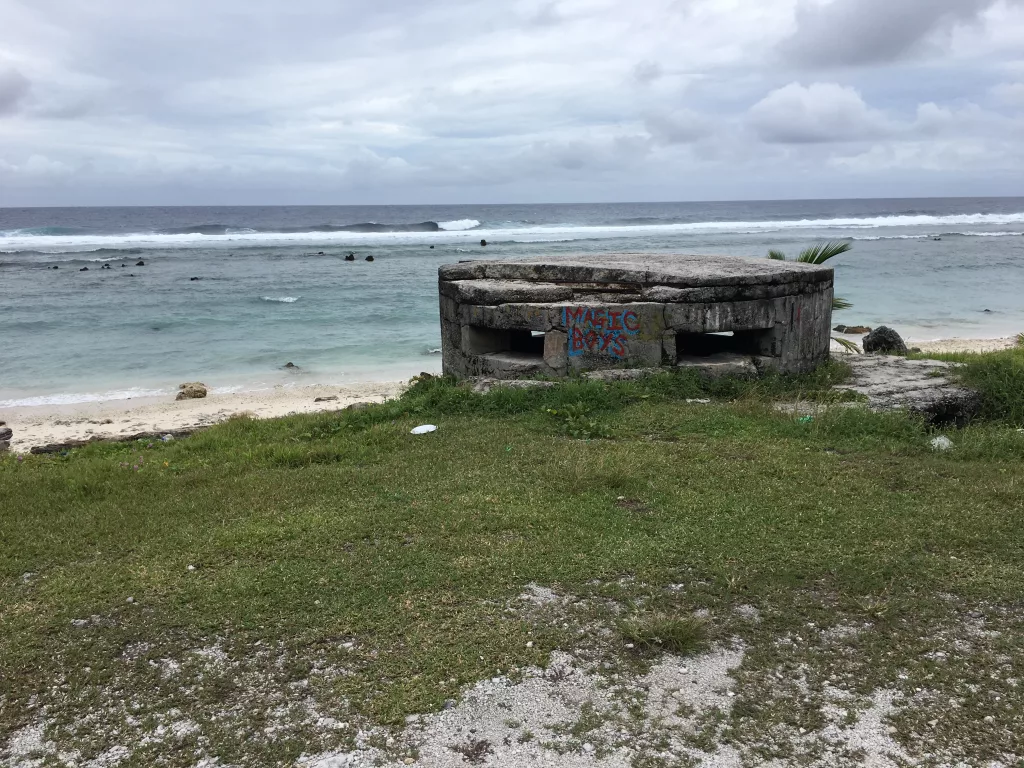
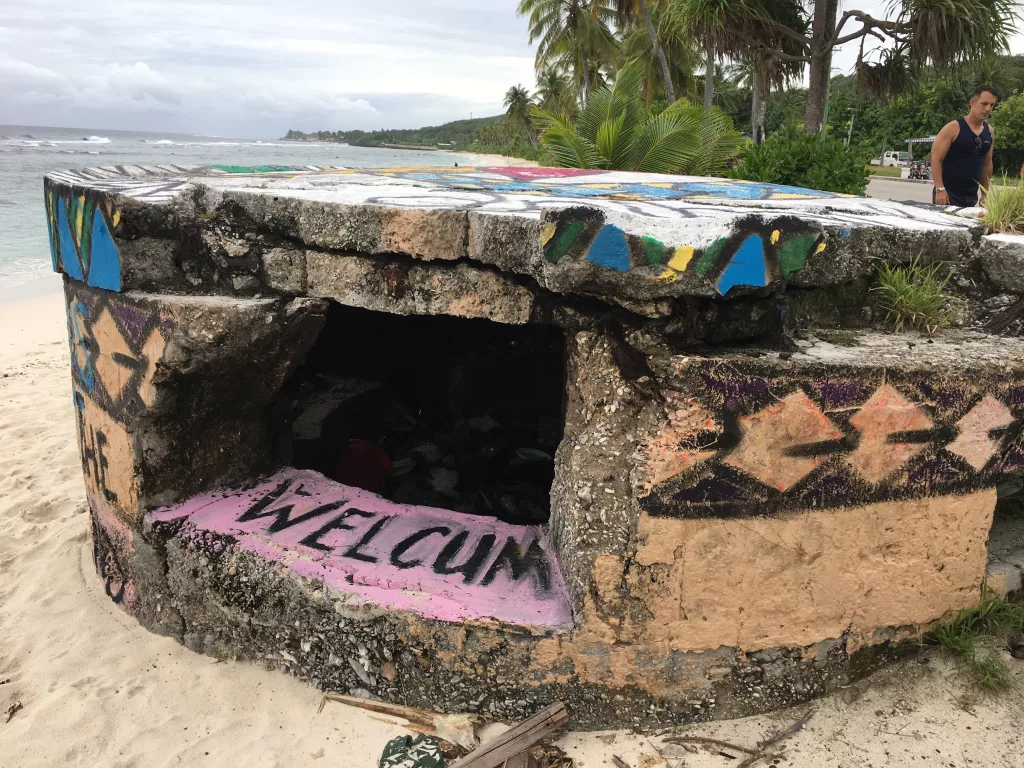
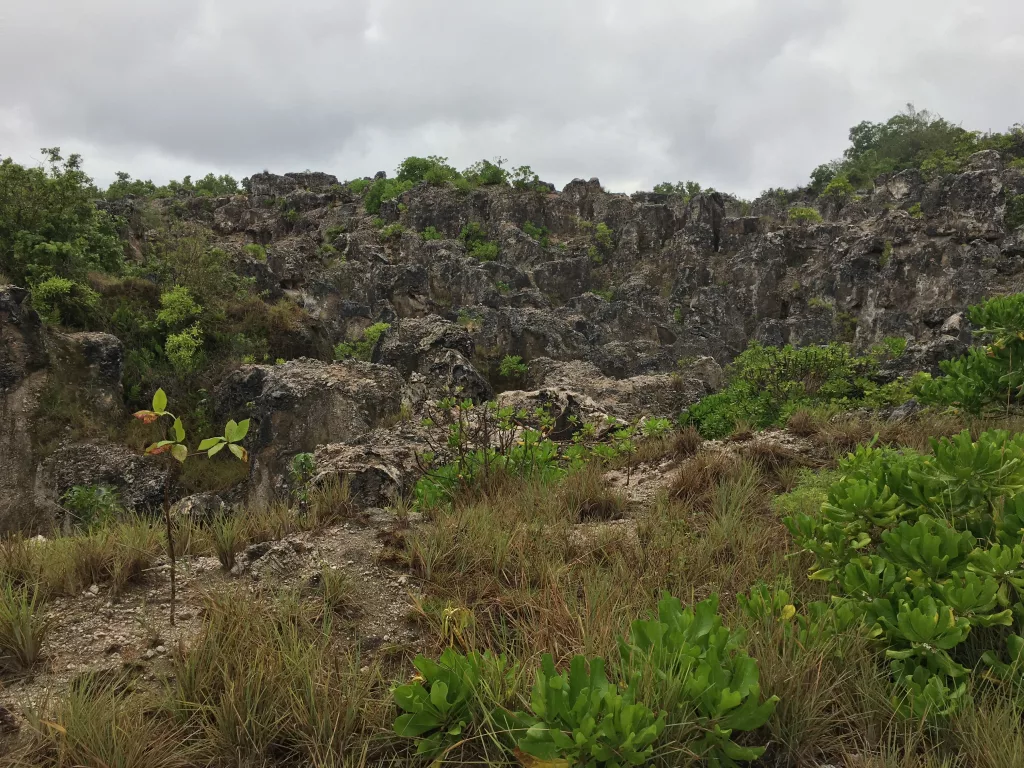
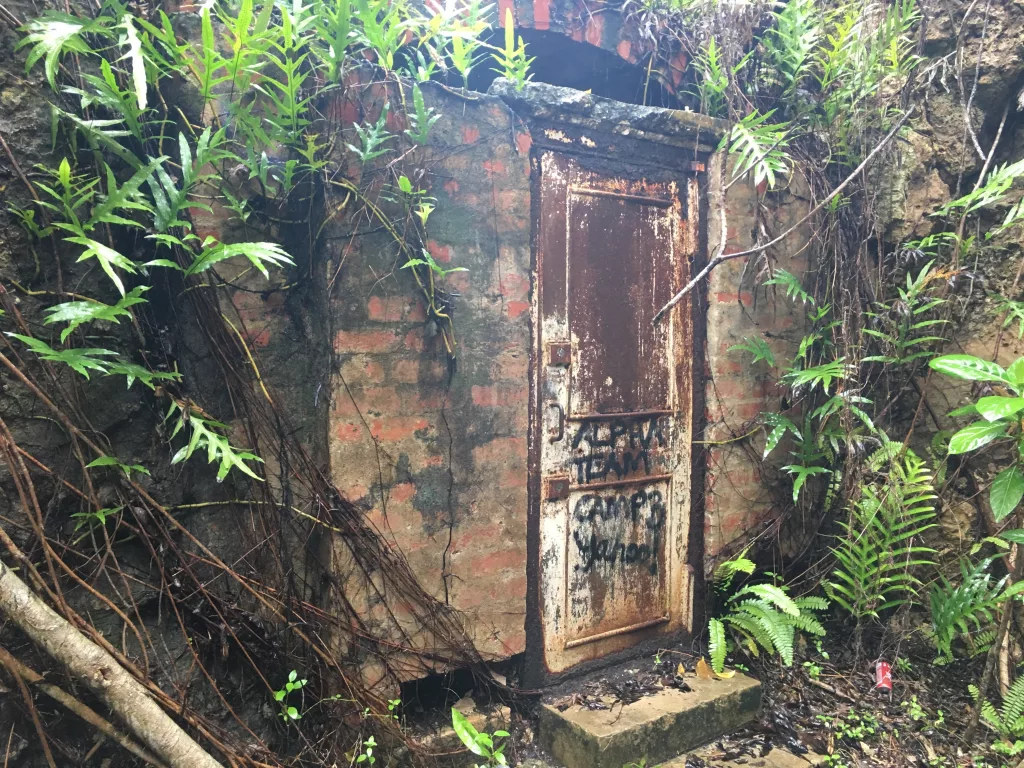
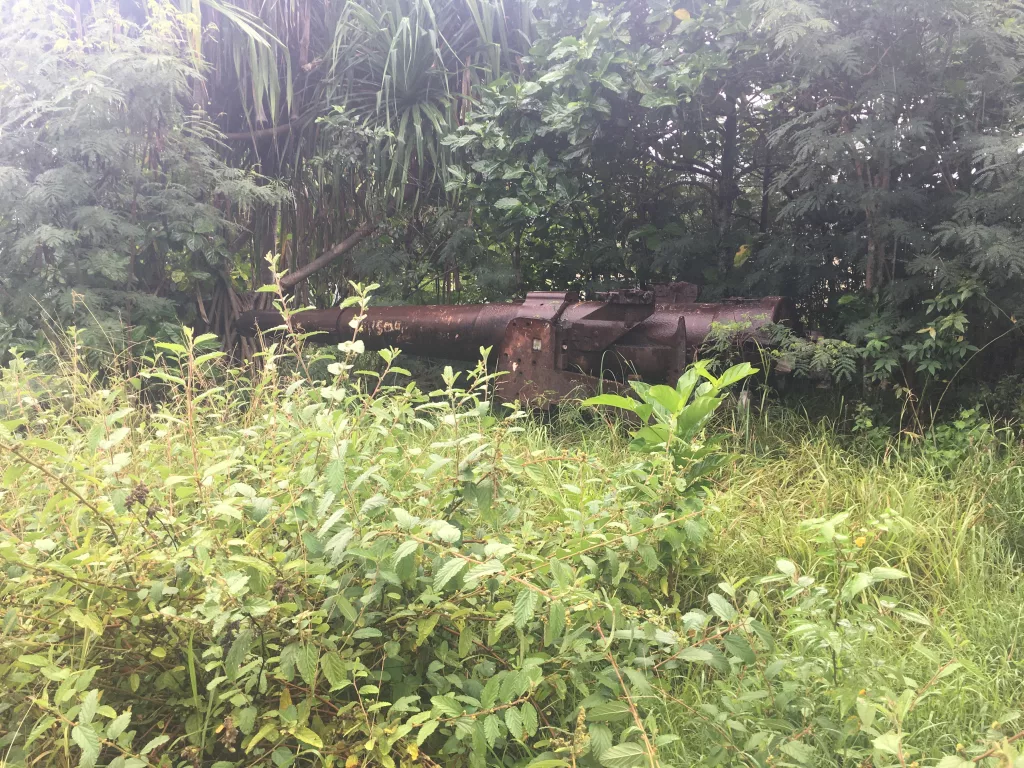
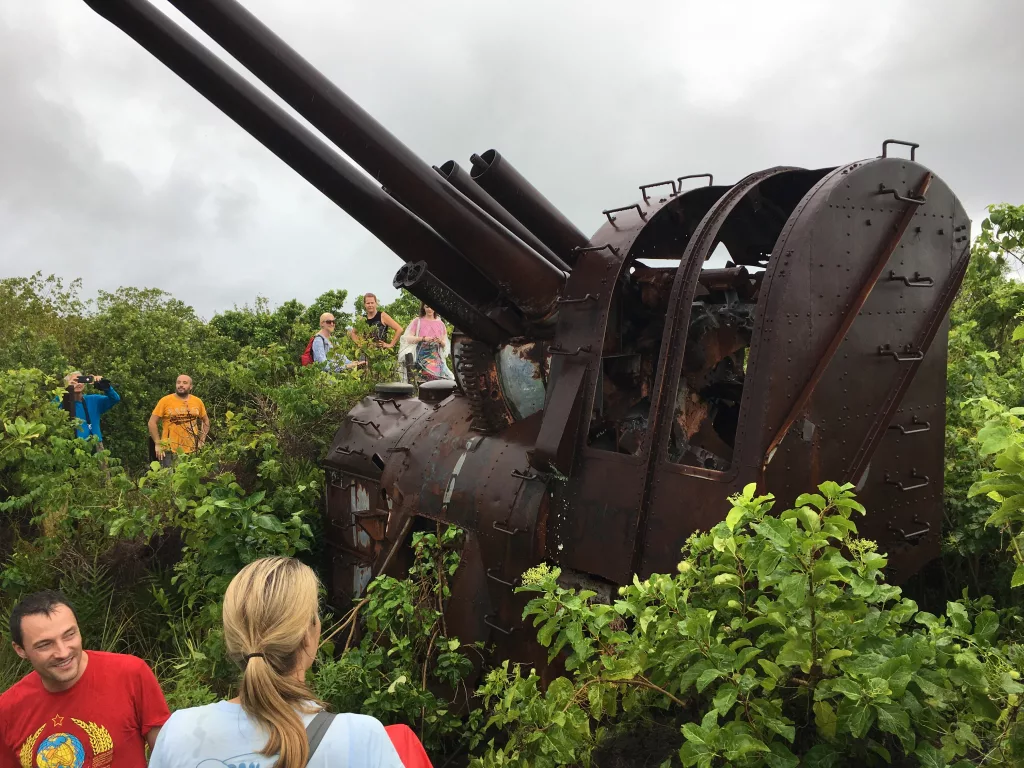
We also ventured deeper into the island for a small mountain hike (climbing gatekeepers would call it a rocky hill). At the top of this hill stands a anti-aircraft weapon, unused and rusted in place. Obviously it is no threat to anyone these days, but stands as a reminder that even the remote island of Nauru couldn’t escape a World War.
Regional Processing Center
Probably the most emotional part of the tour was our visit to the Australian Refugee Camp. Nauru makes its money today by holding asylum seekers and refugees while Australia processes their applications. While on the island we got to visit the camp they were staying at.
The center consisted of several metal shelters, similar to the ones we were staying at in our hotel. It wasn’t clear how many people would live in each unit: it was mostly empty when we went to it. As we wandered around we were spotted by two of the refugees living in one of the units. They invited us in for a drink.
Despite us being a large group, they made sure to be good hosts, giving everyone a can of coke, Fanta, or whatever they had to hand. We spent some time talking to them, asking them about their experience here on the island.
Like everyone else on the island, they get given an allowance to live off. It’s enough to buy food and supplies, but they say that if you buy cigarettes you need to budget better. Neither of them smoked so it wasn’t a problem for them.
They came to the island when they were around 17 or 18 with their families. Australia had recently fast tracked the applications of women and children, so they had been left behind, waiting to see if they could follow them to Australia. When we asked how old they were they said they were in their early 20s now. They had been here for around 5 years.
As far as we could tell they weren’t treated badly. They were given food, shelter, and money enough to survive. But I thought about how they had spent the best years of their life on this island, just waiting in limbo for permission to start their lives.
Plane Adventures
Being a small island, the airport in Nauru is pretty small. So small, that if you stand in the right spot at the right time, a plane will fly straight over you. It’s not close enough to touch, but it’s probably the closest I’ve been to a plane in flight without actually being aboard.
Of course, the last thing we did was to board a plane and leave an island. We were all riding on a budget, but our tour guide splashed out a little extra so he could sit near the front of the train. It wasn’t to last though, as he was asked to move.
It didn’t take us long to realise why he had been moved. The people boarding the plane and sitting in the front were very smartly dressed. Like some kind of official delegation. Then we saw him.
When we left Nauru, we were riding on a plane with the President.


